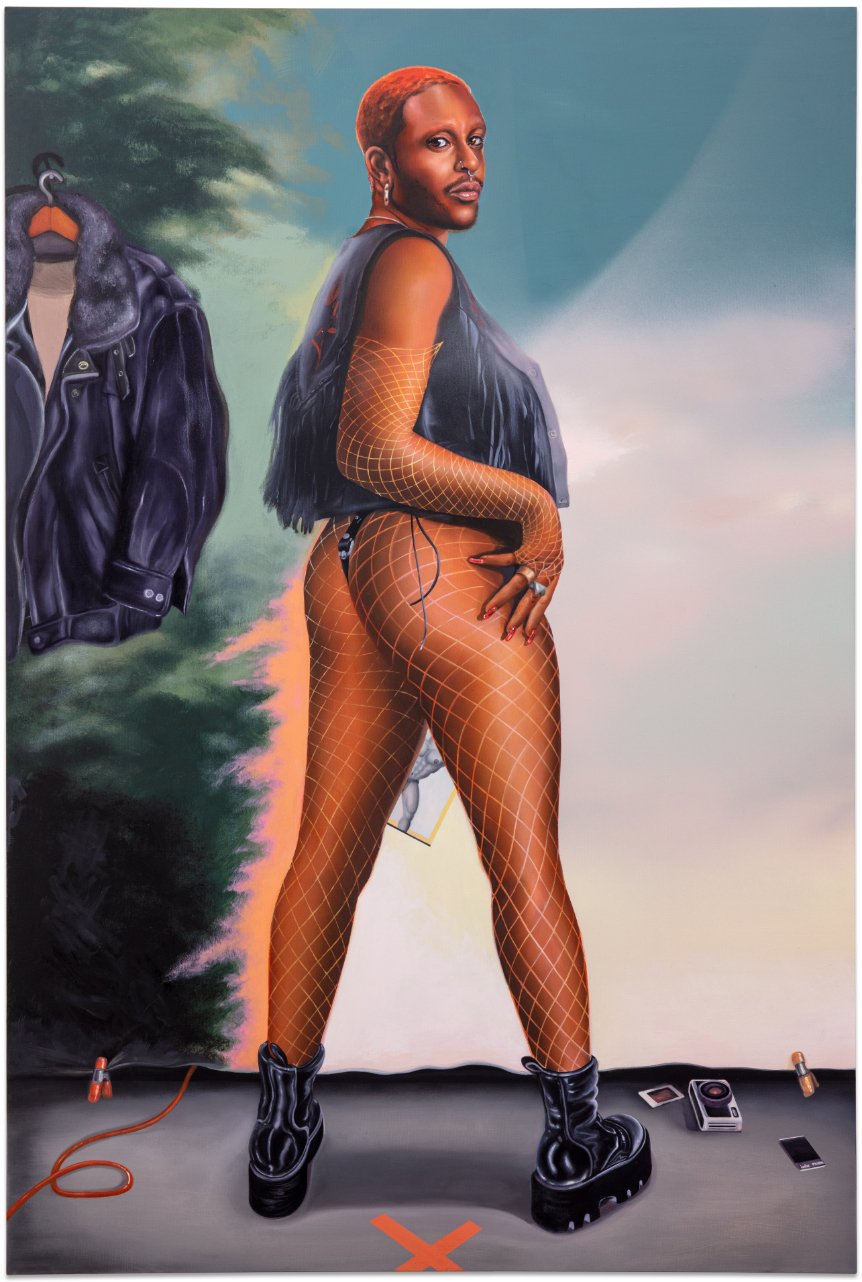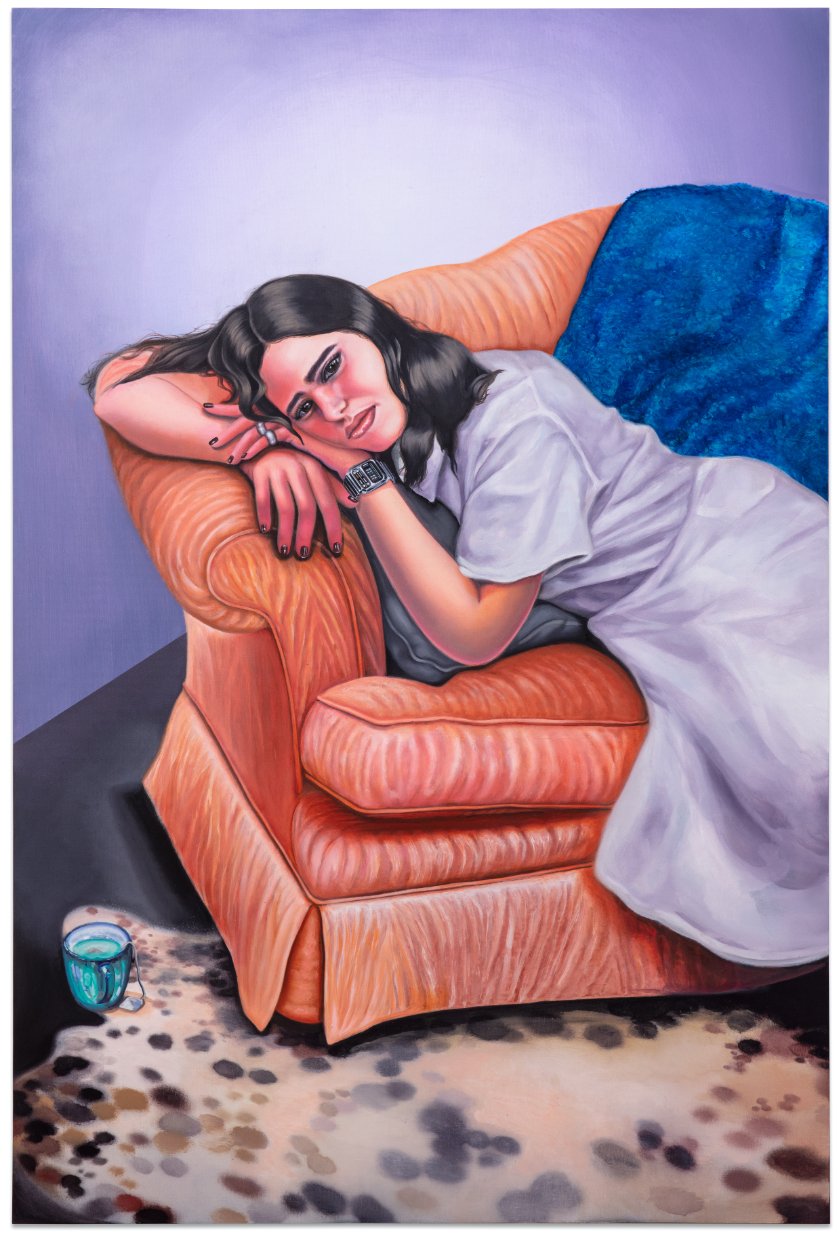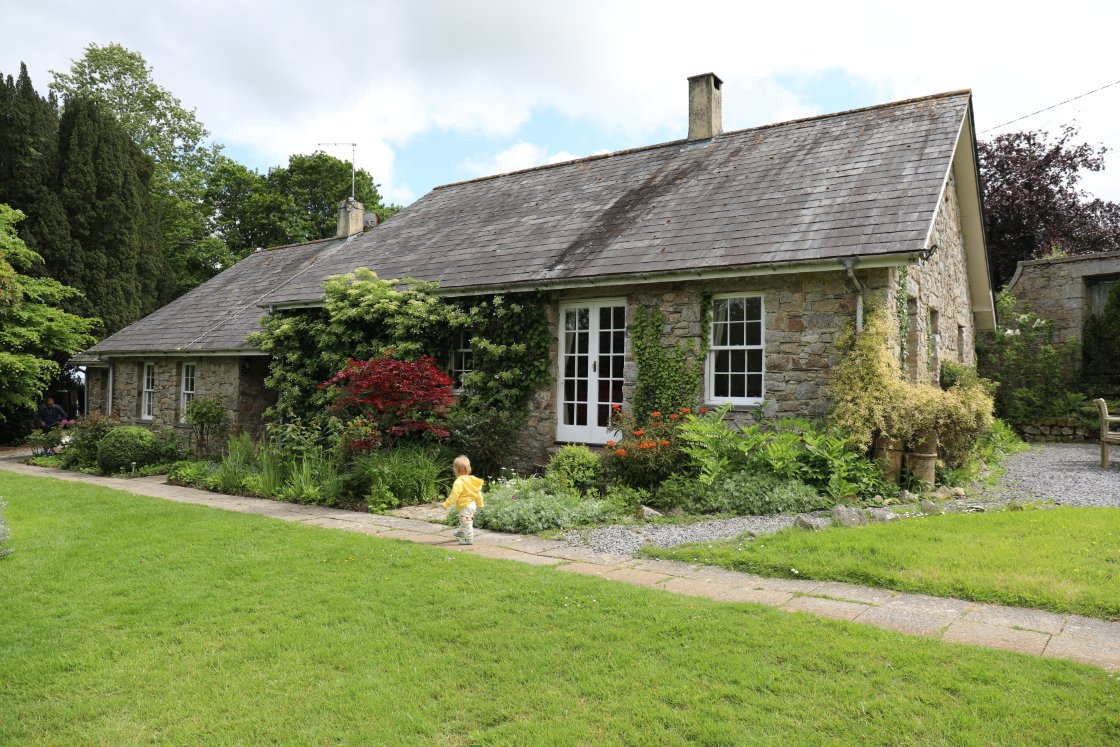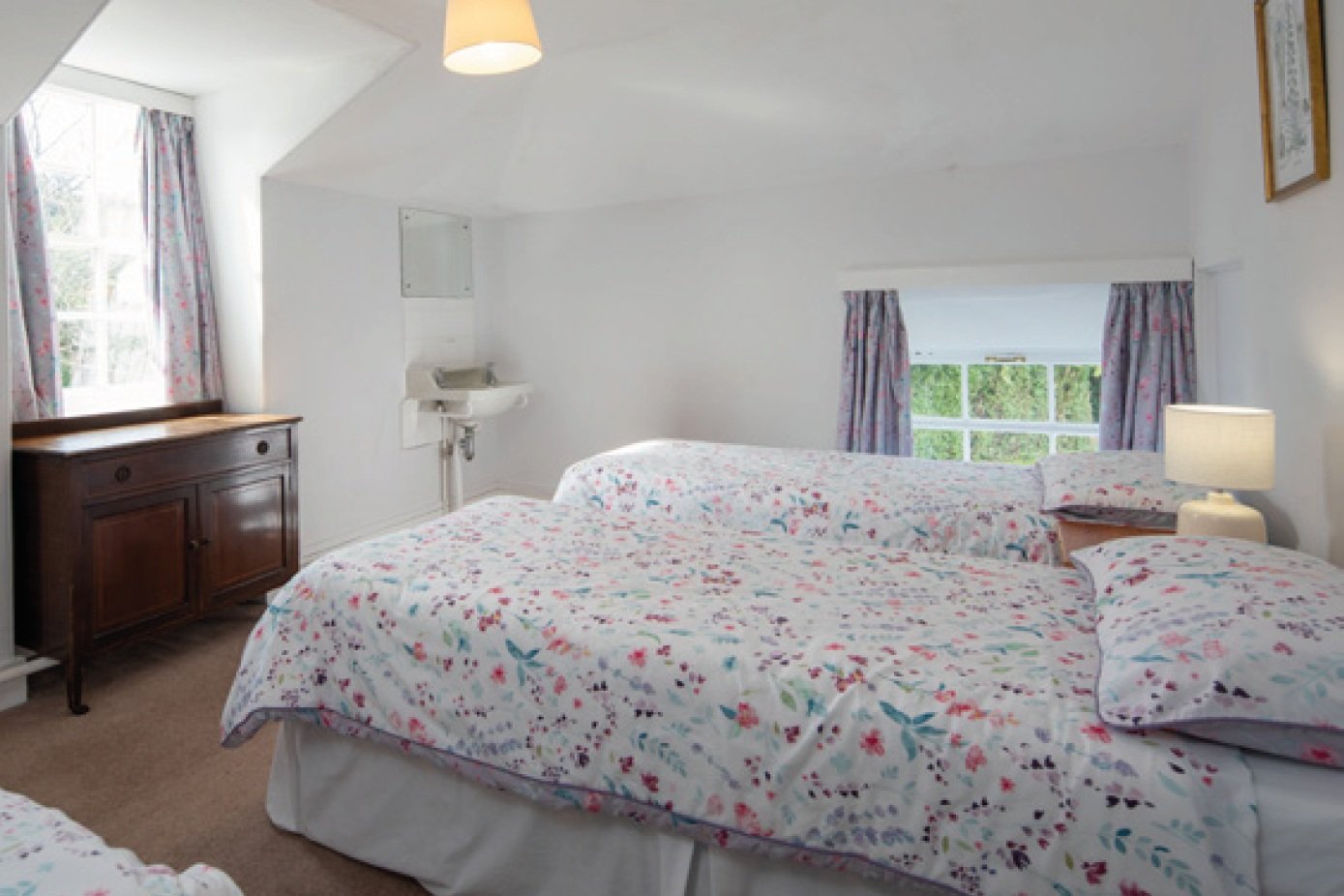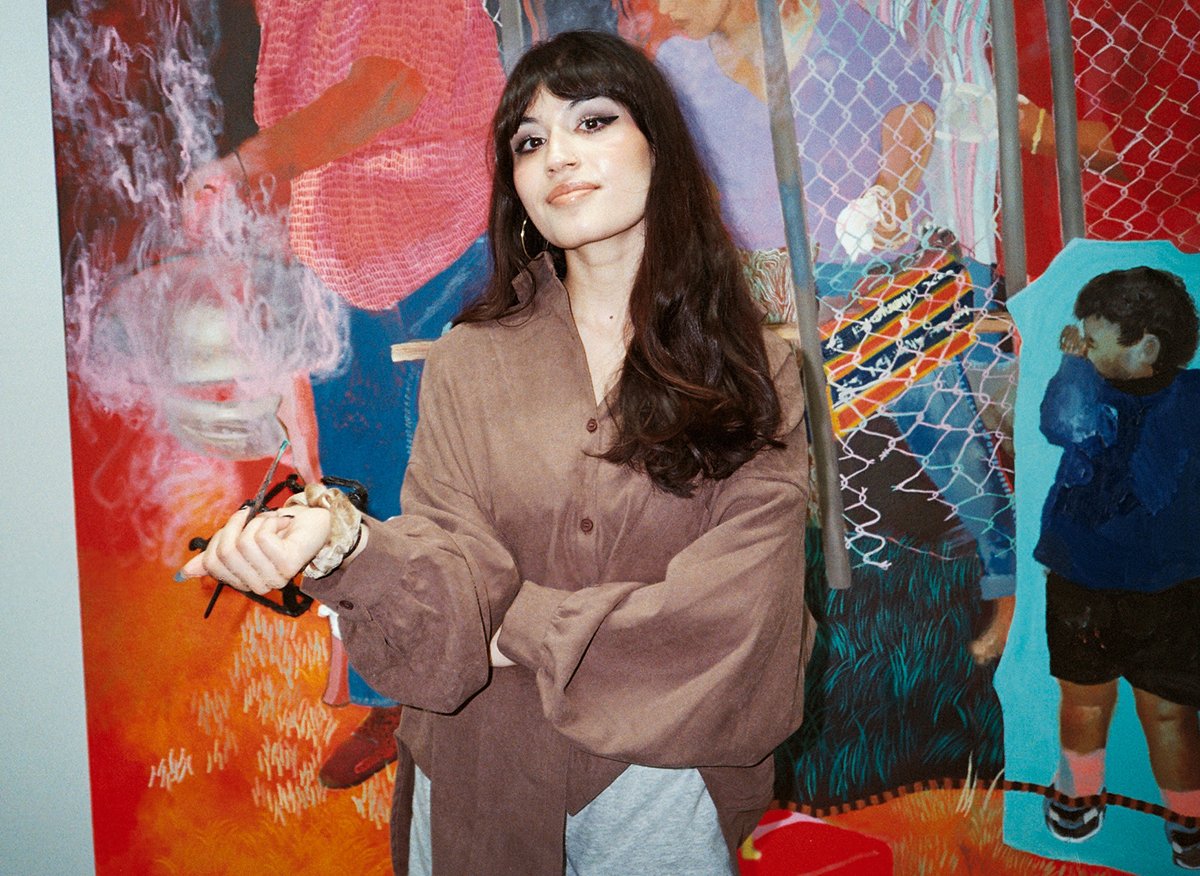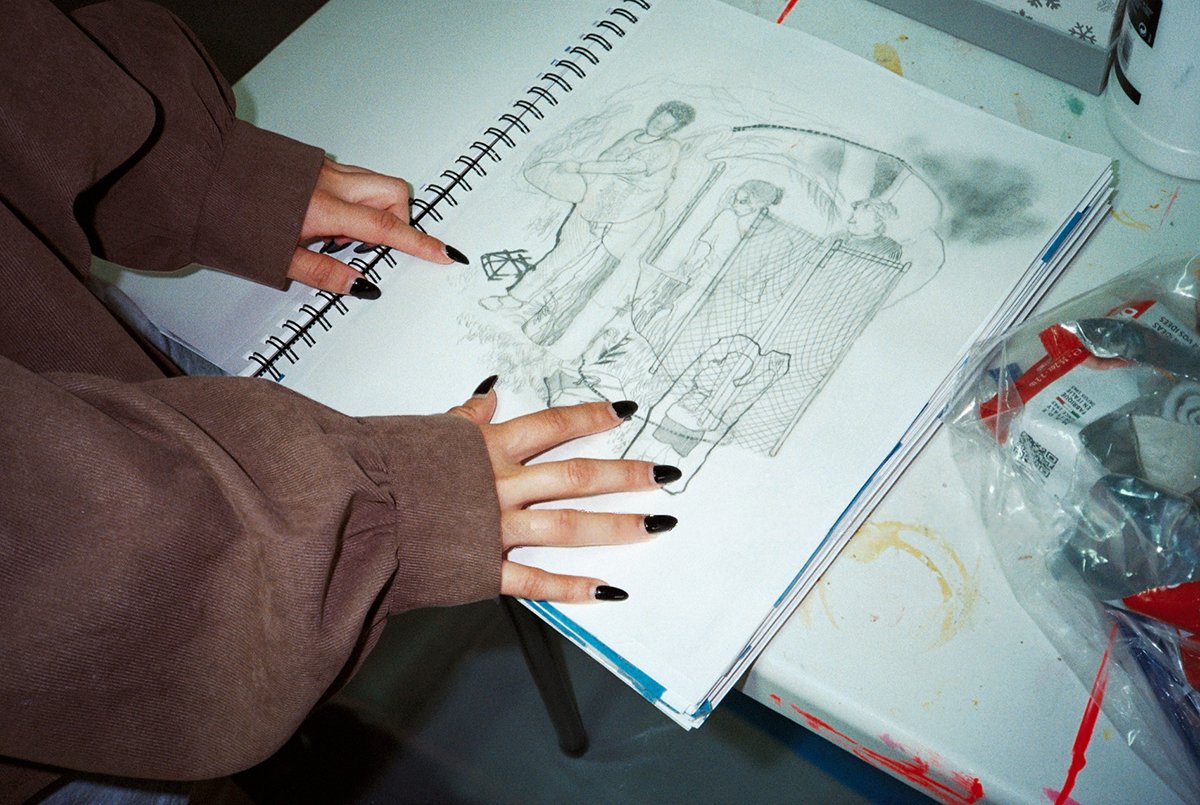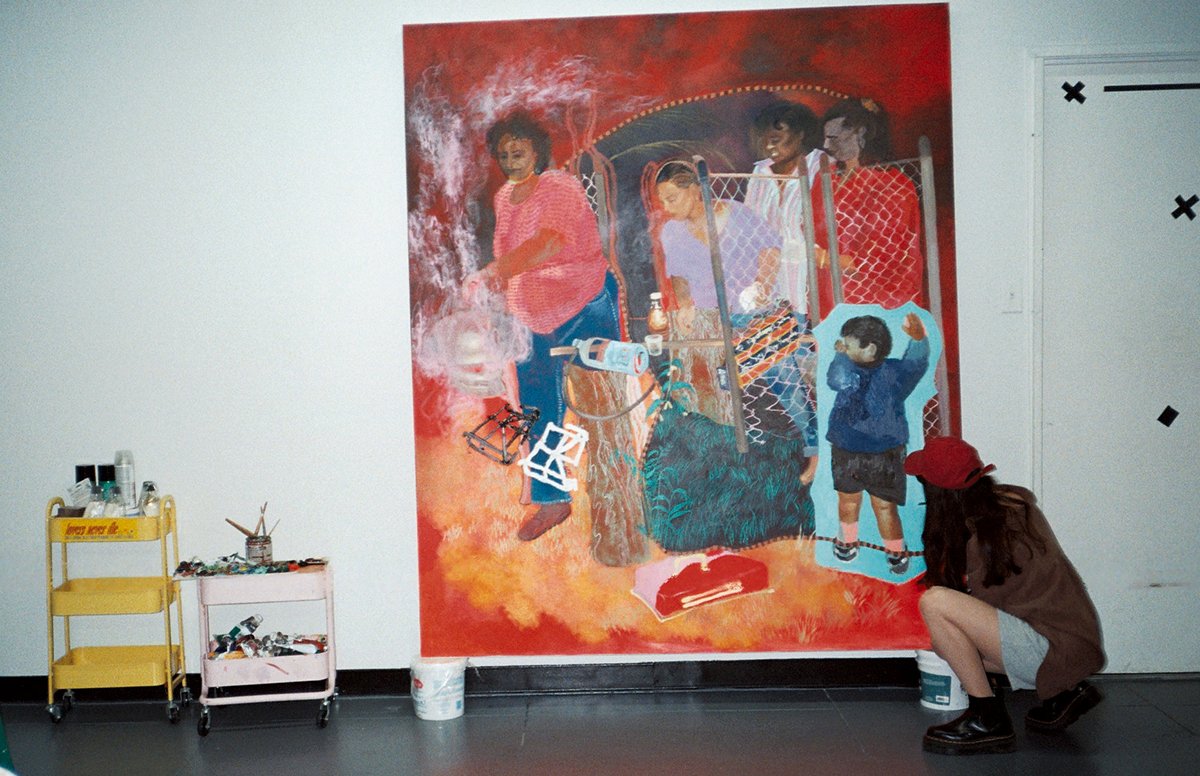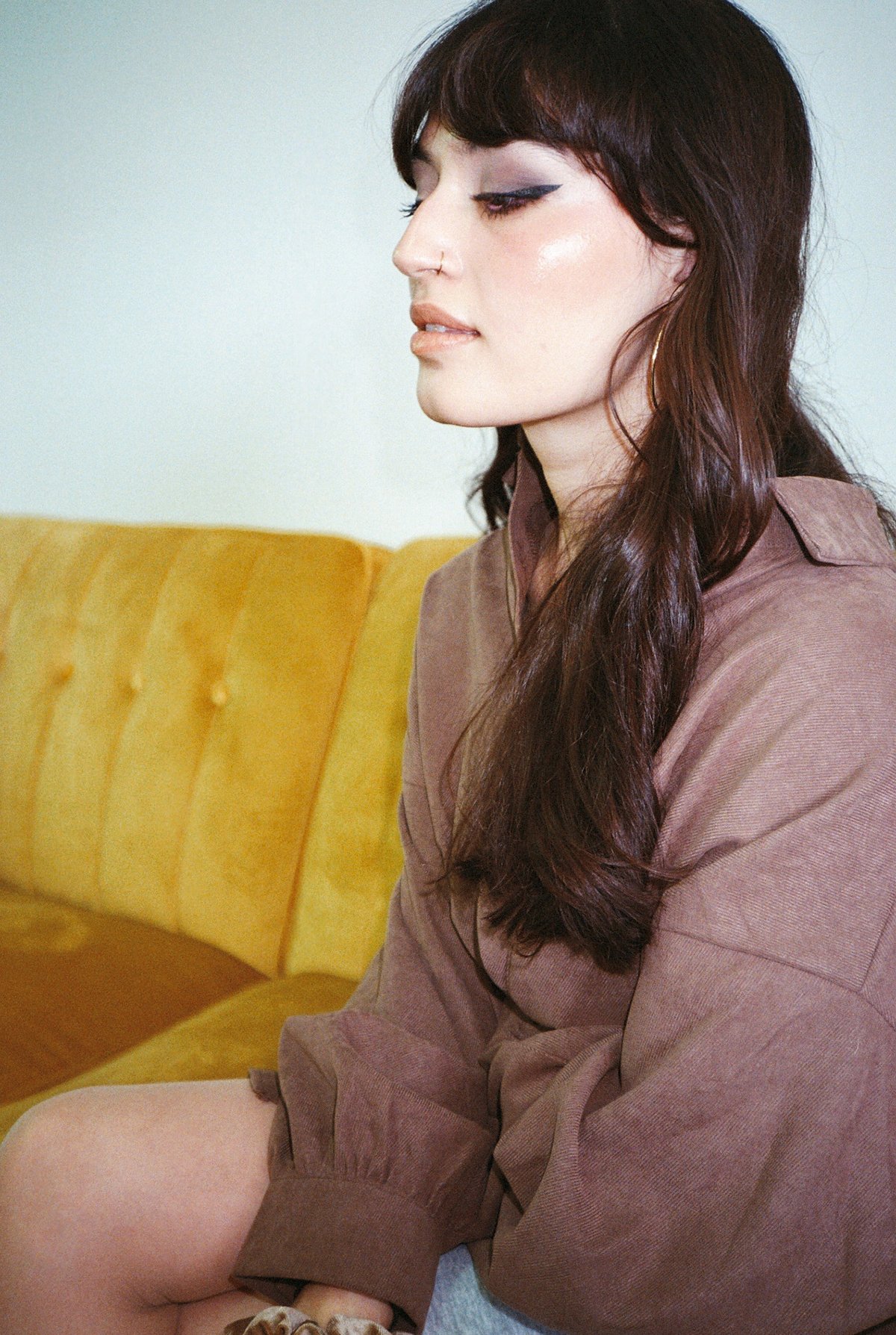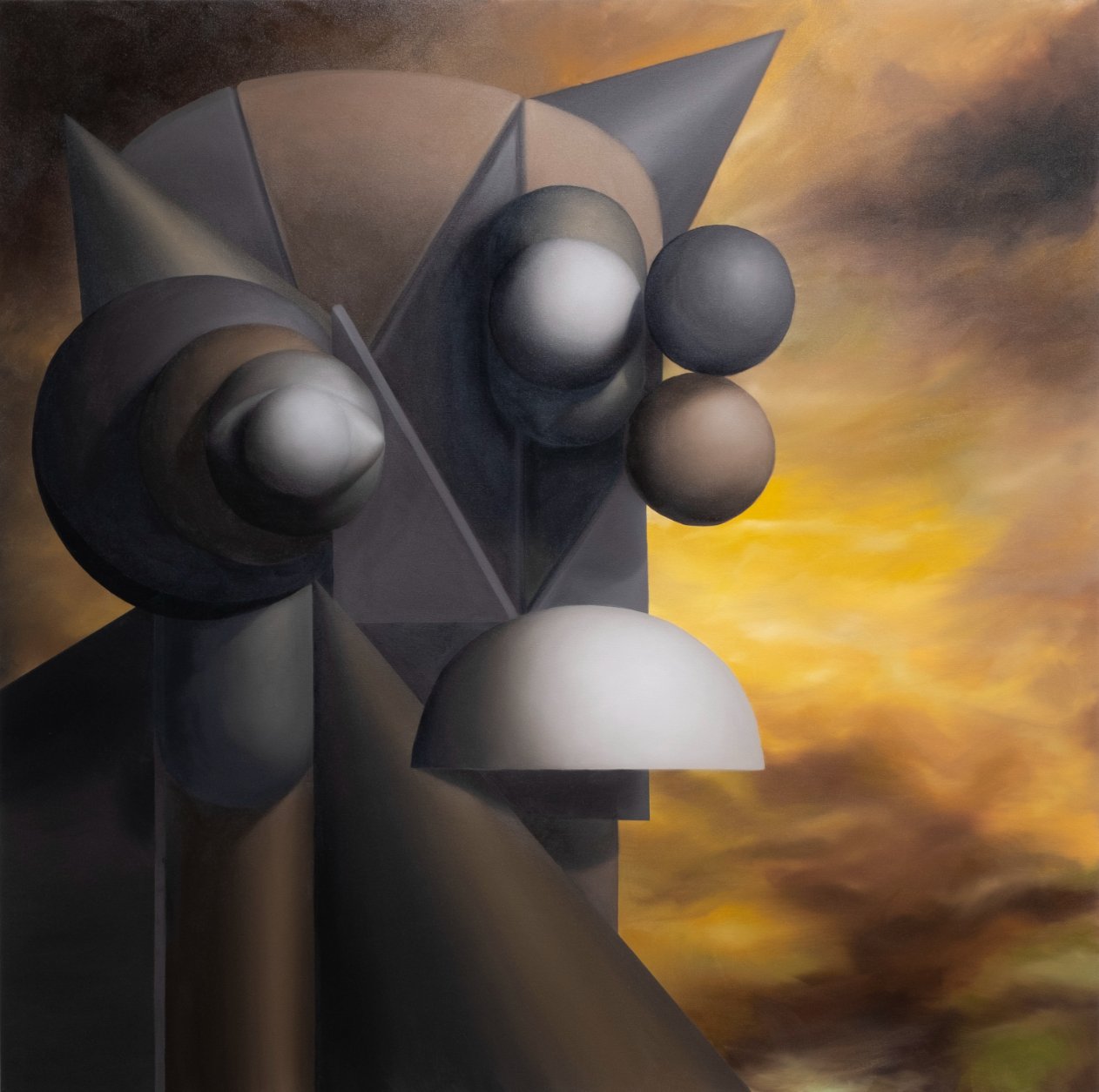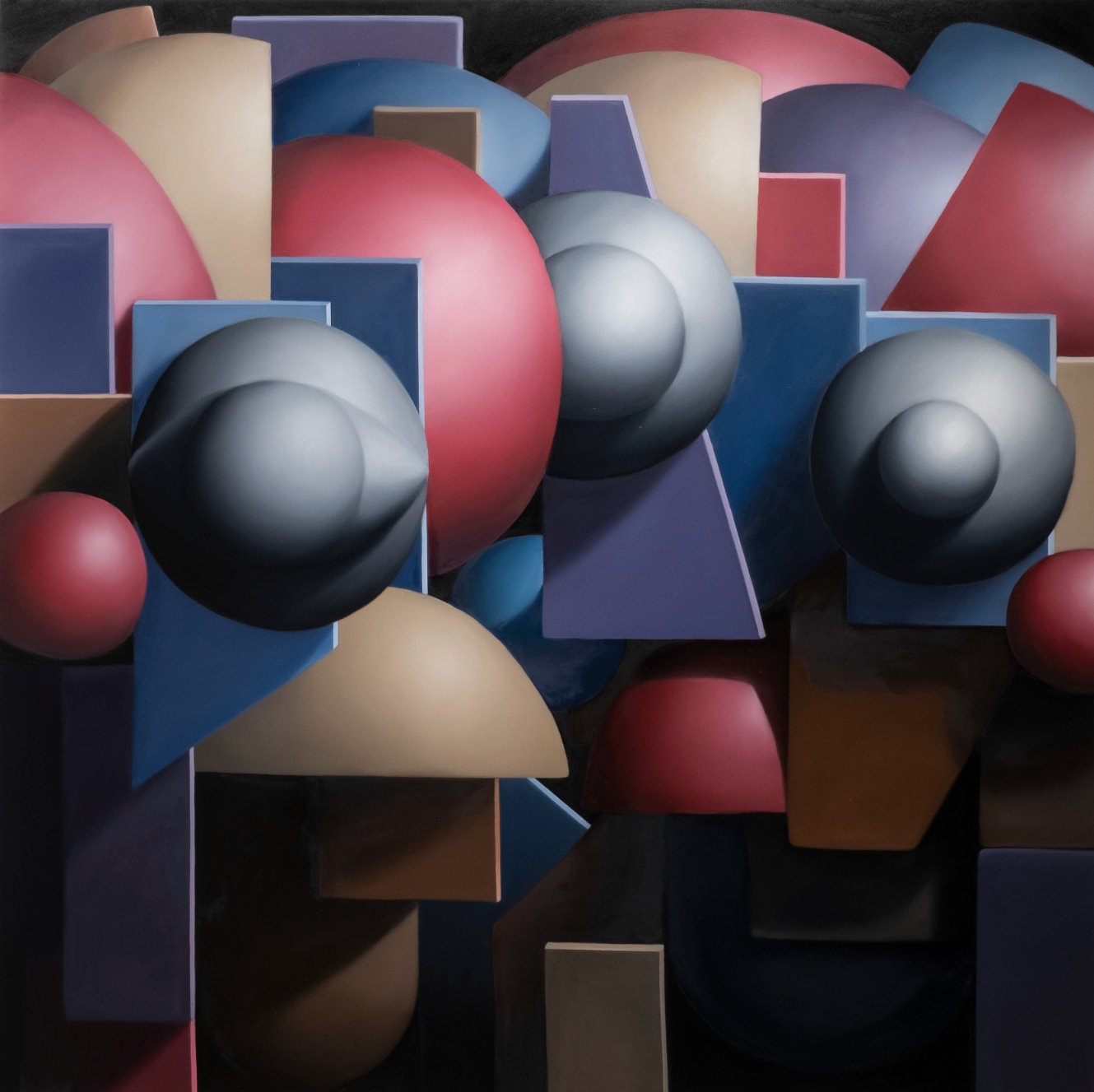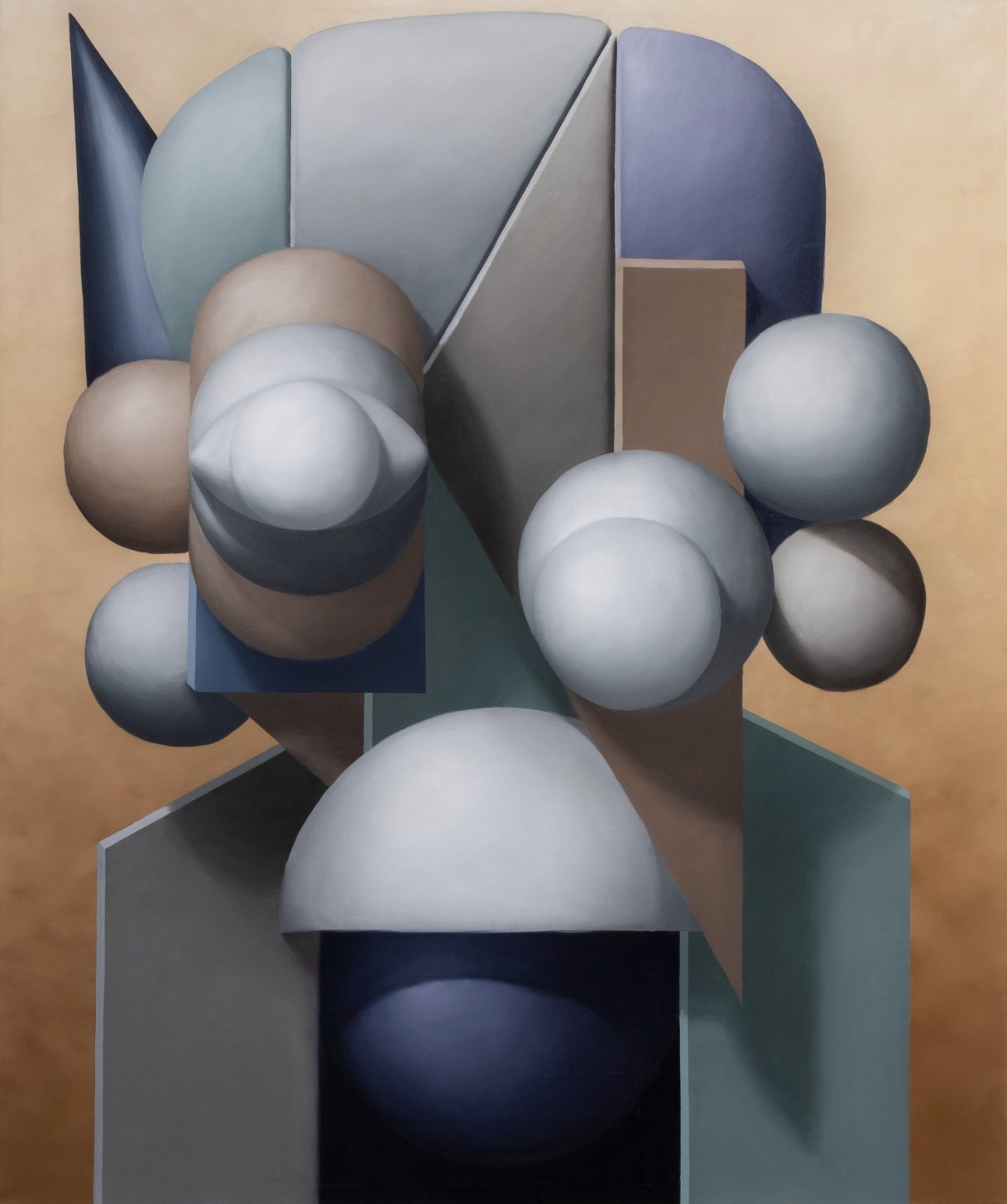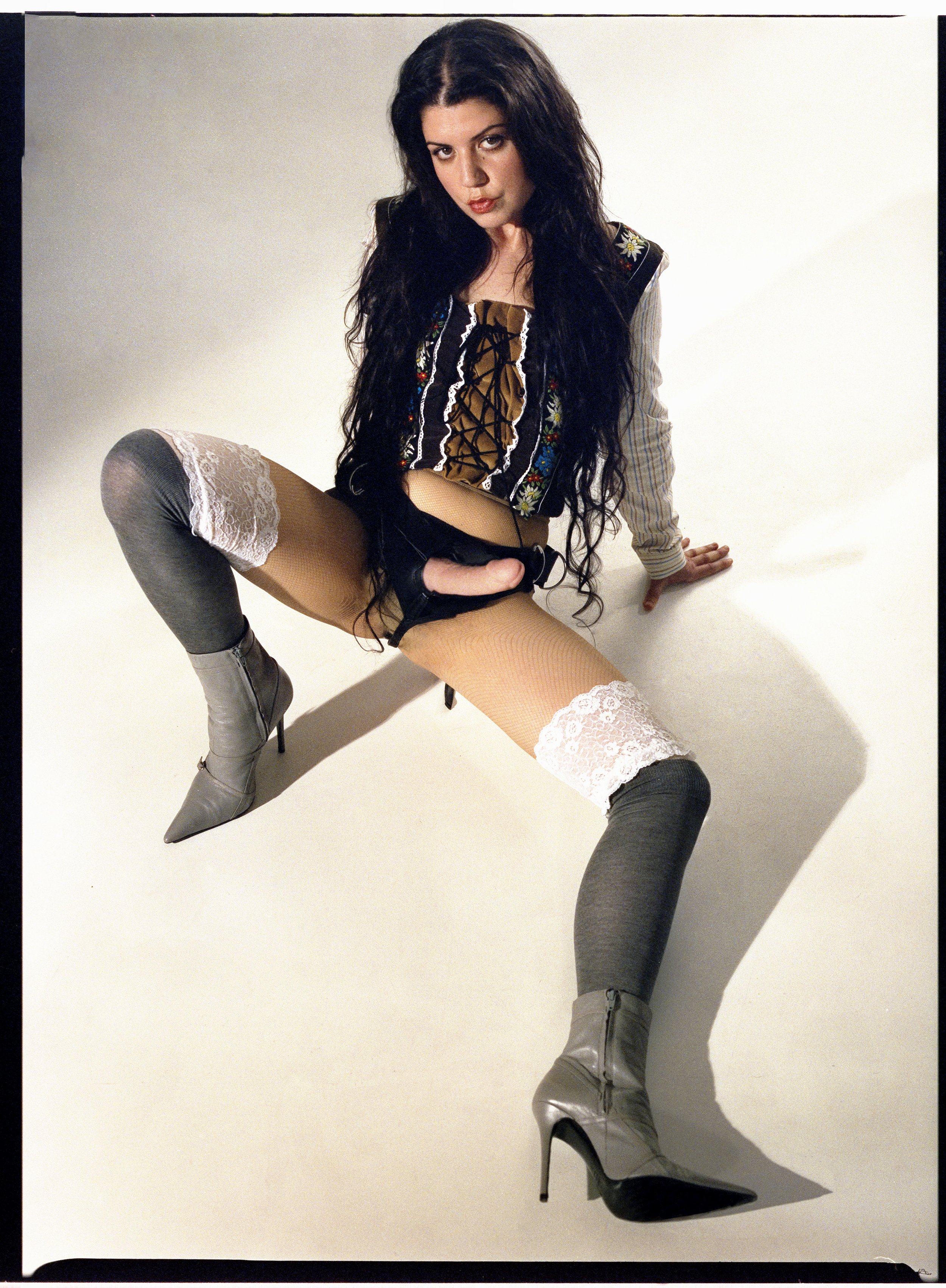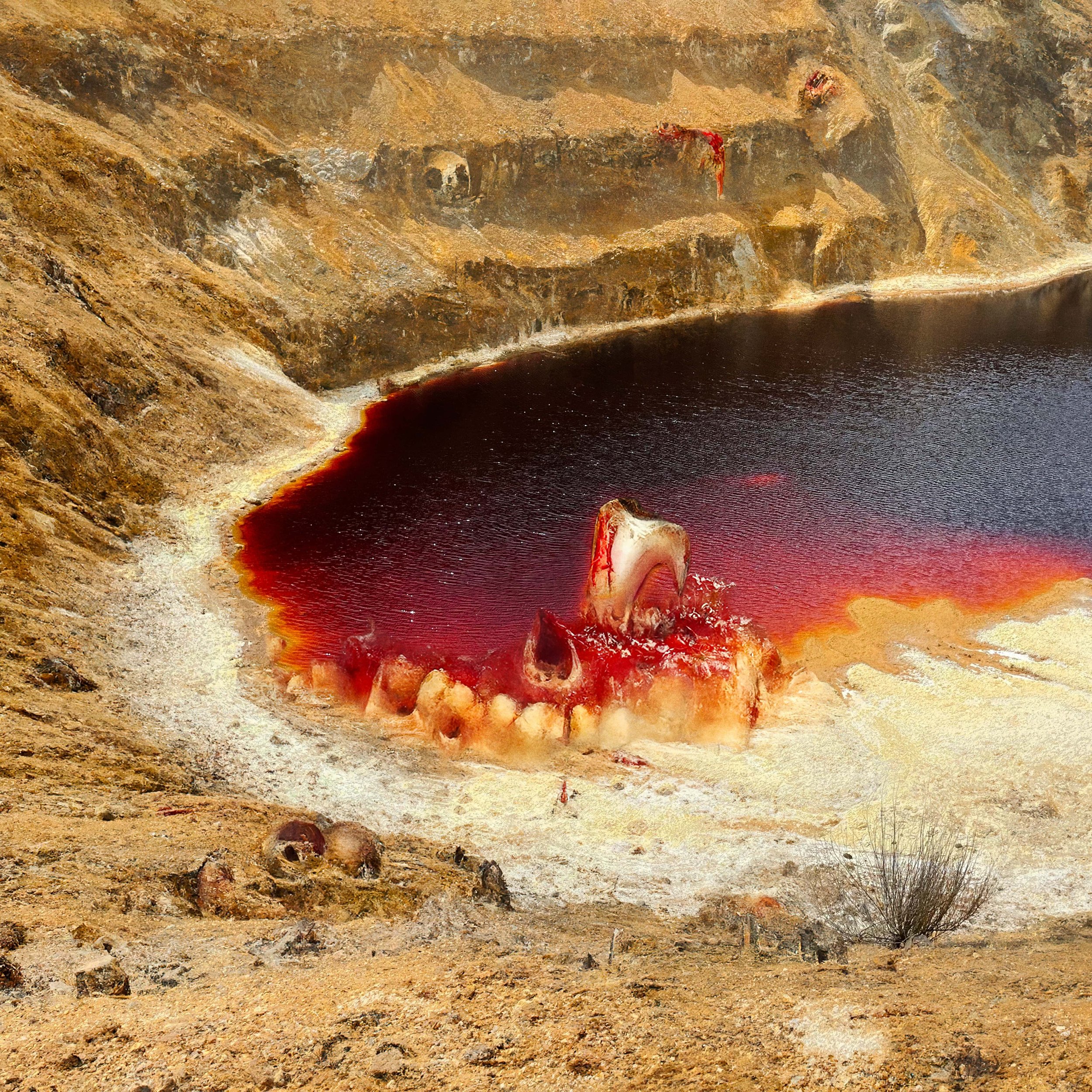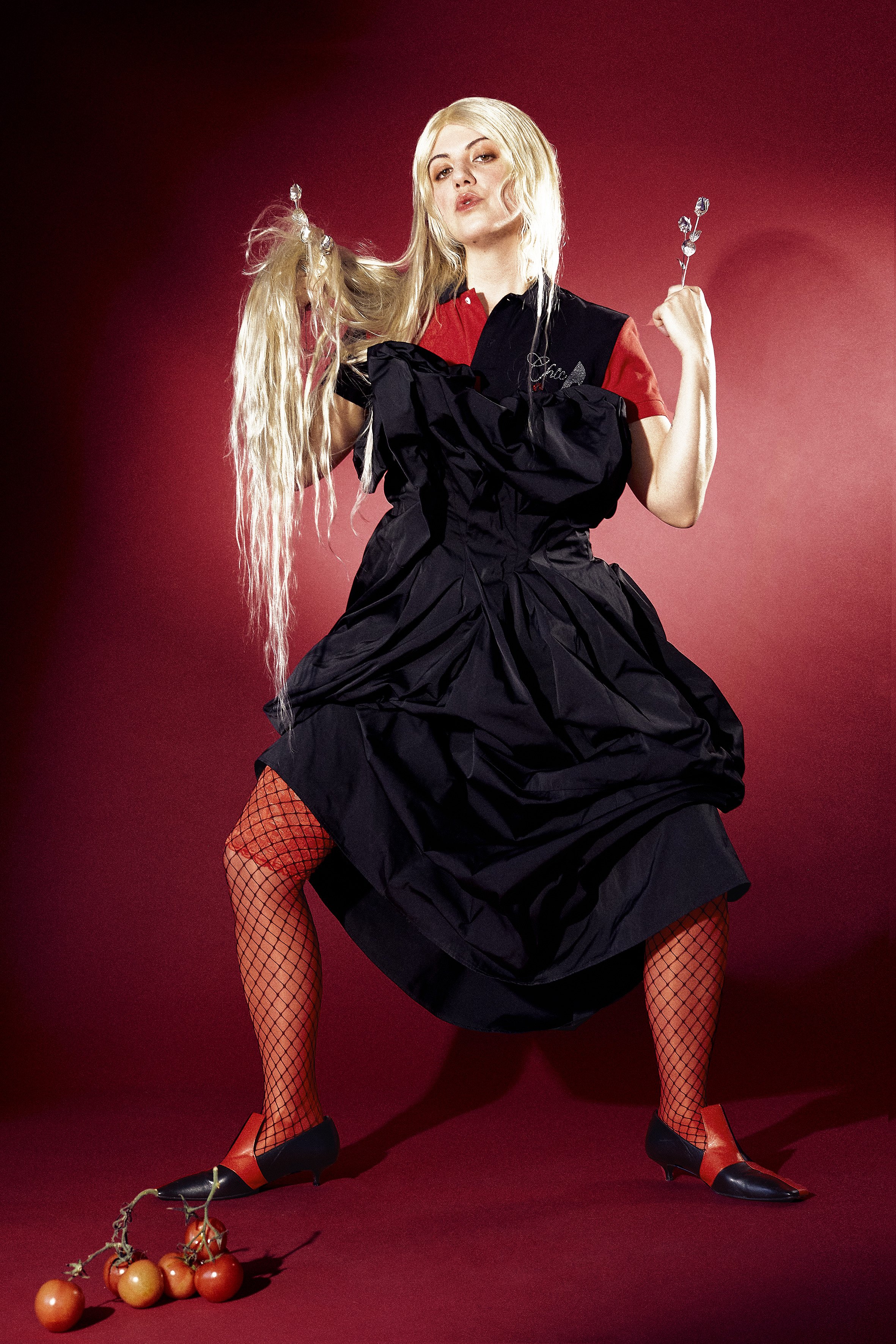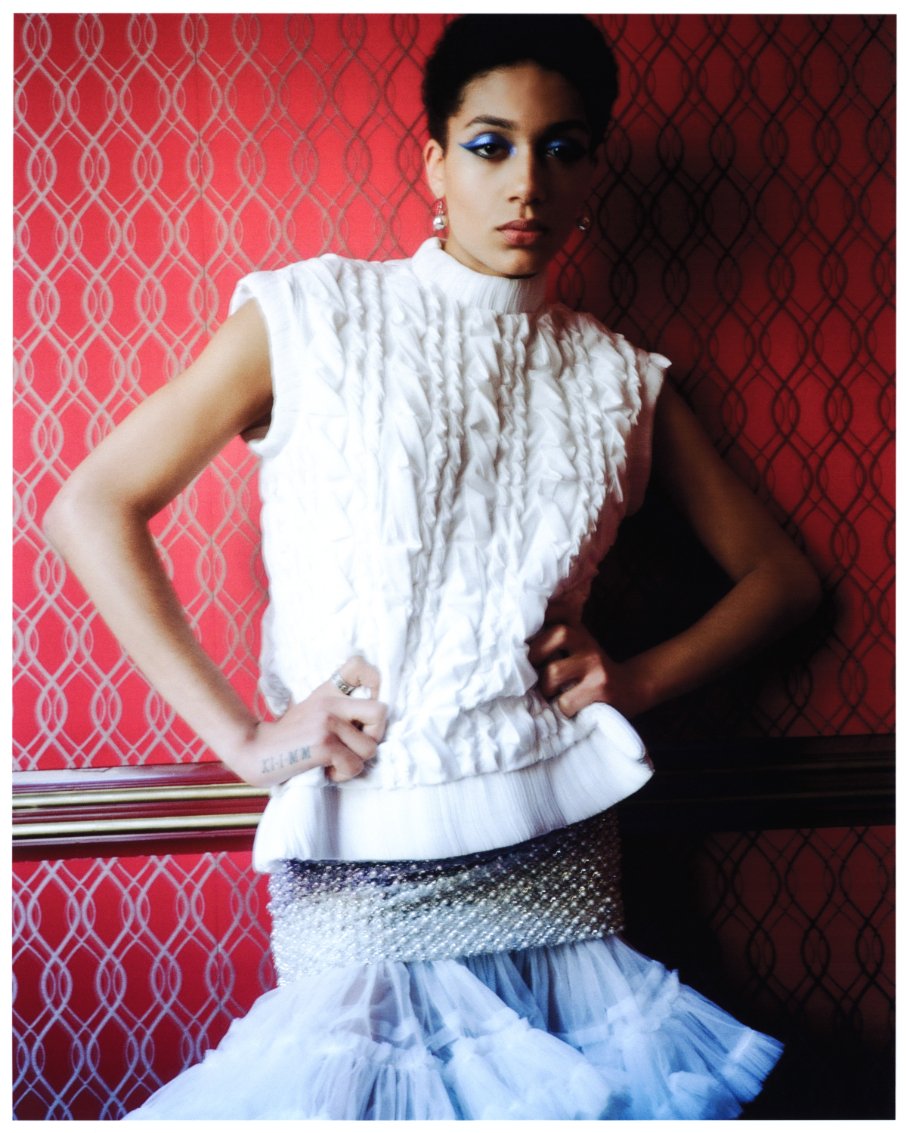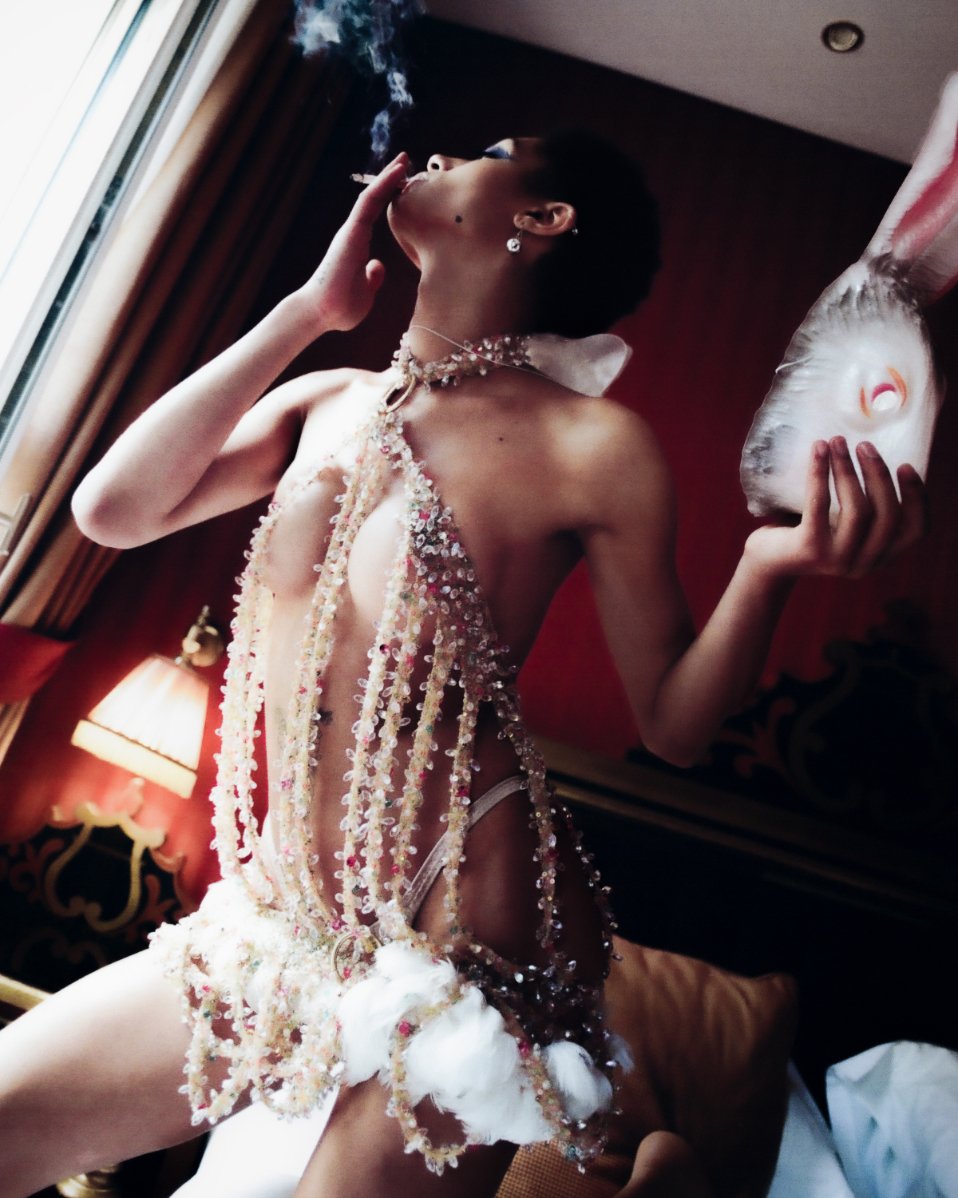sweater by Dries Van Noten
jeans by Y/Project
belt by Saint Laurent
interview by Camille Ange Pailler
photography by Riccardo Meroni
styling by Ina Witzel
talent Benny O. Arthur @ Martensgarten
hair & makeup by Simona Parrella
production by Pier Guccione Prata @ Residenza Production
light assistance by Leonardo Galeotti
styling assistance by Typhaine Porta
CAMILLE ANGE PAILLER: When did you discover your love of acting, and what inspired you to pursue it as a career?
BENNY O. ARTHUR: You know, I’ve always had a love for storytelling. I was a very observant kid and would always watch people at school, or on the train, and try to imitate them and their mannerisms. I also used to love playing with my sister’s dolls. I would create characters and stories with them that I would perform for my family. There was a sense of accomplishment and satisfaction when I created and played out these storylines, because in my head, it was as though I had just made a movie. I also have to credit my mom for this, I guess we can call it motherly intuition, because without any connection or access to that field, she signed me up for local theater programs when I was in third grade. She didn’t grow up watching a ton of movies or going to the theater, but somehow she just knew. I was fourteen when I took part in my first professional theater production at the Deutsche Opera Berlin. It was super exciting seeing how what had started in my bedroom with my sister’s toys suddenly happened in real life on such a large scale. When I graduated from high school, I realized that an acting career was something that I seriously wanted and could pursue. But yeah, I think maybe I’ve always kind of known.
PAILLER: What has been your most memorable role or project so far, and why?
ARTHUR: I’ve been fortunate to have worked on some really cool projects, but so far, I’d have to say that the series Django, which premiered on Sky earlier this year, has to be the most memorable. I had never really envisioned myself being in a Western, let alone playing a cowboy because I had only ever really encountered this genre through a white perspective that left out stories of cowboys of color. What really drew me to this story was this new perspective and the potential for stories from these kinds of individuals that were very much present in that era. It was such a privilege to get to work with an incredibly talented cast from all over Europe. Being in the midst of Matthias Schoenaerts, Nicholas Pinnock, Lisa Vicari, and Noomi Rapace, and just being able to learn from each one of them by watching them work is something I am really grateful for.
blouse, belt & jeans by Saint Laurent
dress by De Pino
leather pants & shoes by Saint Laurent
blouse, belt & leather pants by Saint Laurent
PAILLER: Tell me about Django and your role as Kevin.
ARTHUR: Django was a really special project. The series is a reimagining of Sergio Corbucci’s classic Spaghetti Western character. The series tries to show more perspectives of different people in that period—the minorities, and the world they created for themselves after the American Civil War. I played the role of Kevin Ellis, son of John Ellis, who is the visionary founder of an idealistic city called New Babylon. It’s a community that welcomes all outcasts and people of different races and creeds as equals. When we meet Kevin, he is his father’s number one advocate. He believes uncompromisingly in his vision. Our parents are often like superheroes to us when we’re kids, and it’s only as we get older that we recognize their humanity and their flaws. As John’s youngest son, Kevin has a youthful and hopeful worldview, which eventually brings him into conflict with the harsh realities of the Wild West. The idealistic image he has of his father begins to crumble as he comes to terms with the fact that even our heroes harbor darkness.
PAILLER: What do you enjoy most about being an actor?
ARTHUR: There is so much out there in the world, it can be quite daunting to think that you only get to live one life. You can find yourself doubting your decisions and questioning if the path that you’re on is the right one, or if there’s something that you’re missing out on. But as an actor, your life kind of revolves around letting yourself face and live through the realities, emotions, and experiences of so many different lives, different jobs, different time periods, perspectives, mentalities, and cultures. It’s one of the most enriching jobs out there because you learn to see not just through your own eyes, but also through those that may be in complete contradiction to your own.
jeans by Y/Project
jeans & denim jacket by Y/Project
PAILLER: Were there any particular actors that inspired you during your childhood?
ARTHUR: I don’t know if as a child I really looked to the actors very much. But as I have gotten older and gained more perspective for the craft, I have really come to love and appreciate the work of actors like Mahershala Ali, Viola Davis, Albrecht Schuch, and Félix Maritaud, to name a few. I also always get super inspired and excited about the new young talent that emerges like in Lukas Dhont’s Close.
pants & shoes by Situationist
PAILLER: Can you share any upcoming projects or roles you are currently working on or have lined up?
ARTHUR: I’m really excited about a feature film titled Wake Up, which we shot on the Canary Islands last year and is set to come out sometime later this year, as well as another Sky original Series with an incredible German cast. Definitely keep a lookout!
coat by Saint Laurent

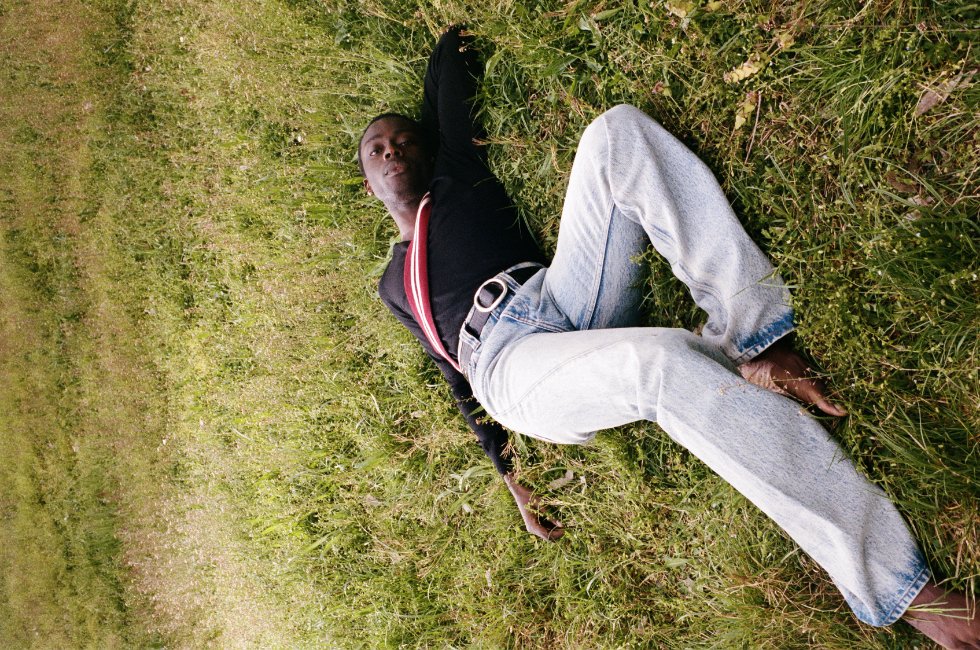

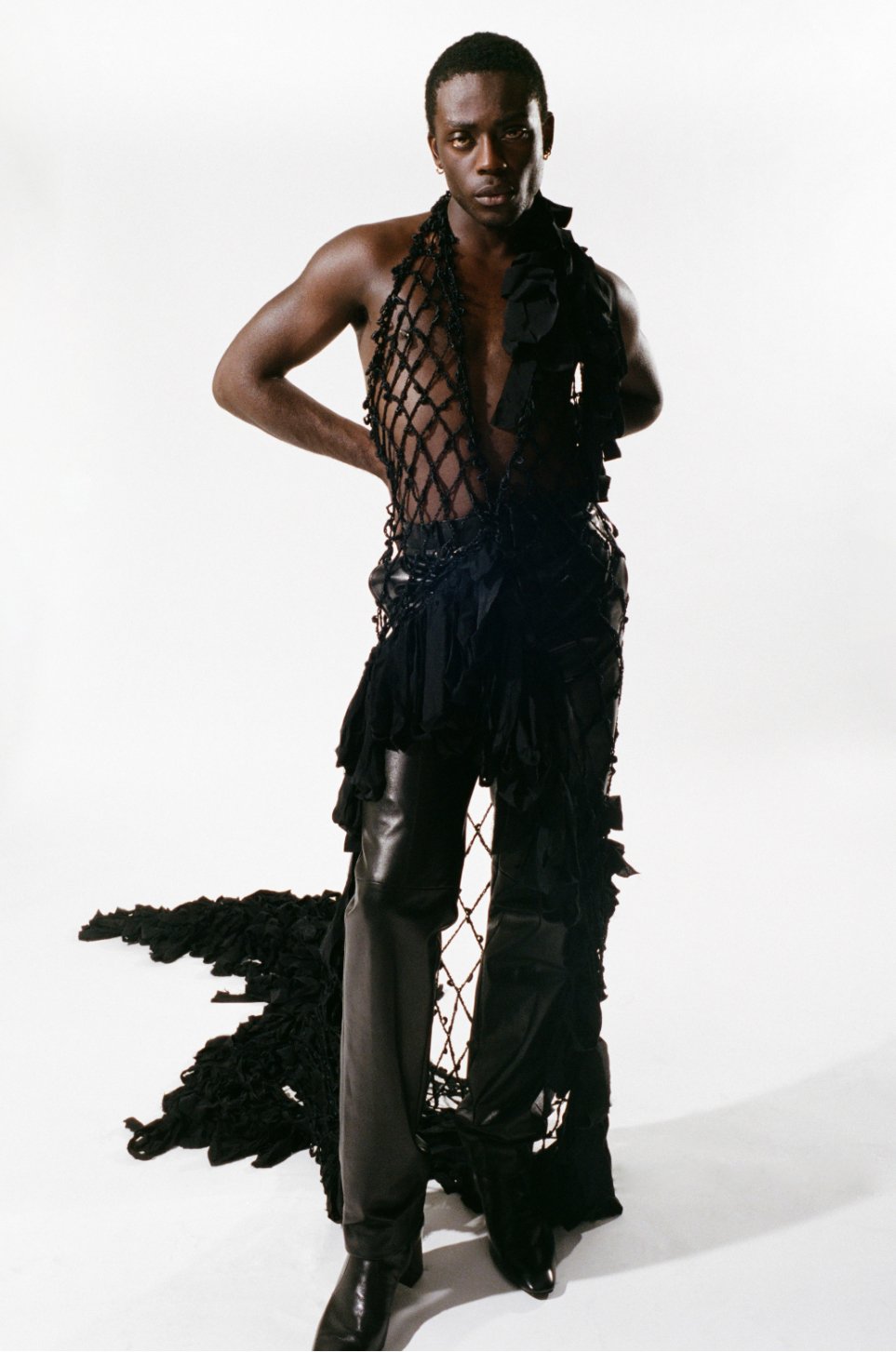




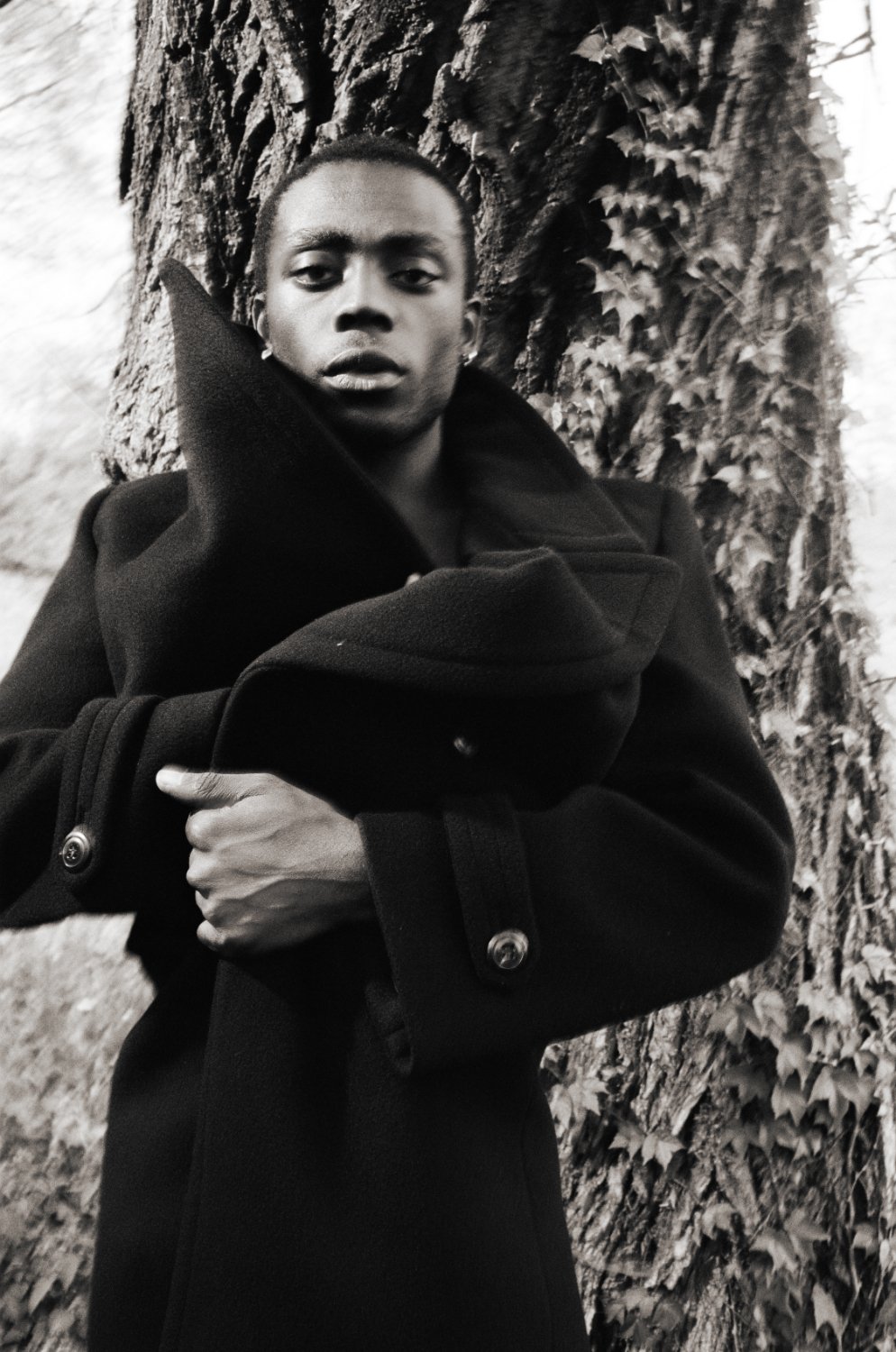


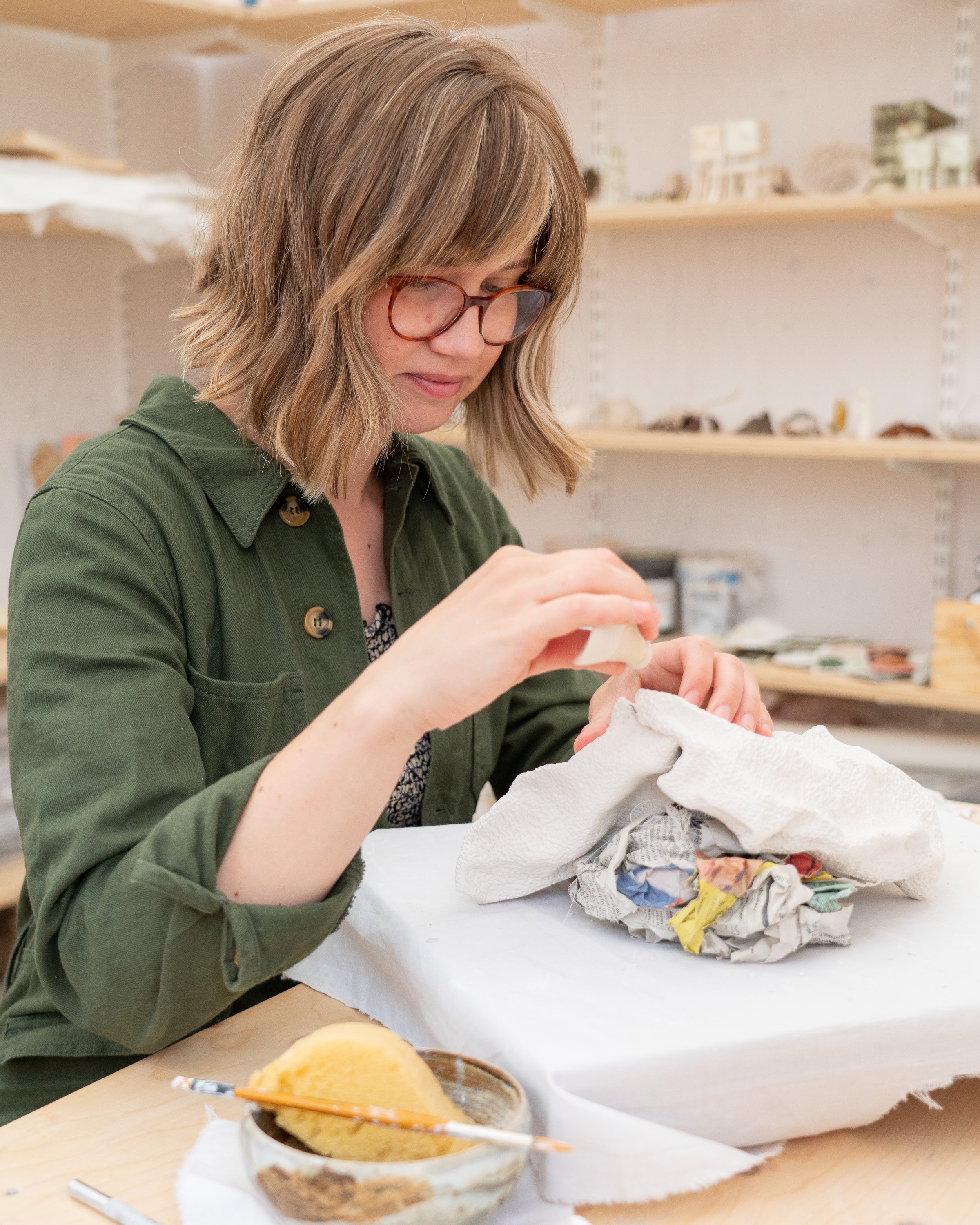

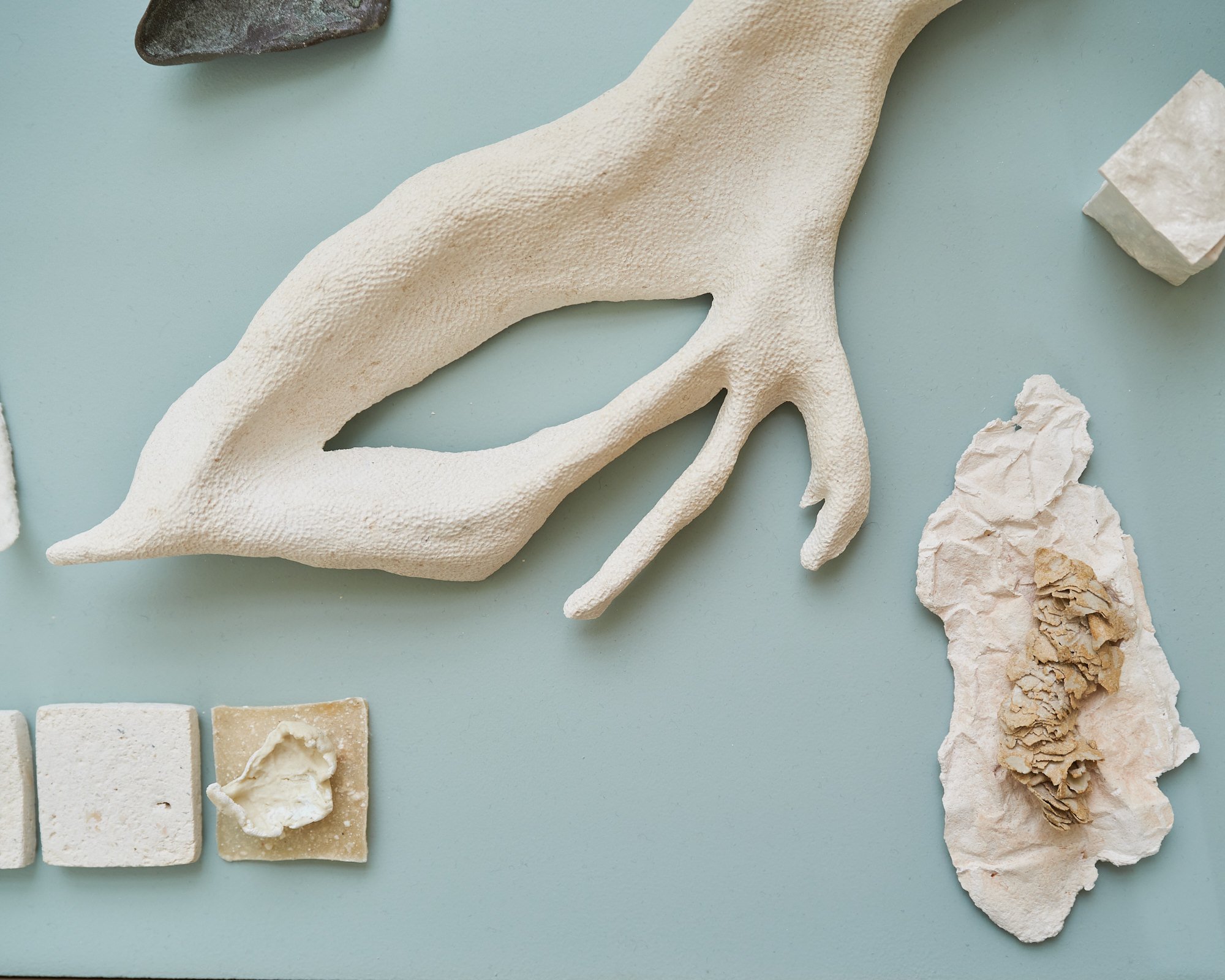
















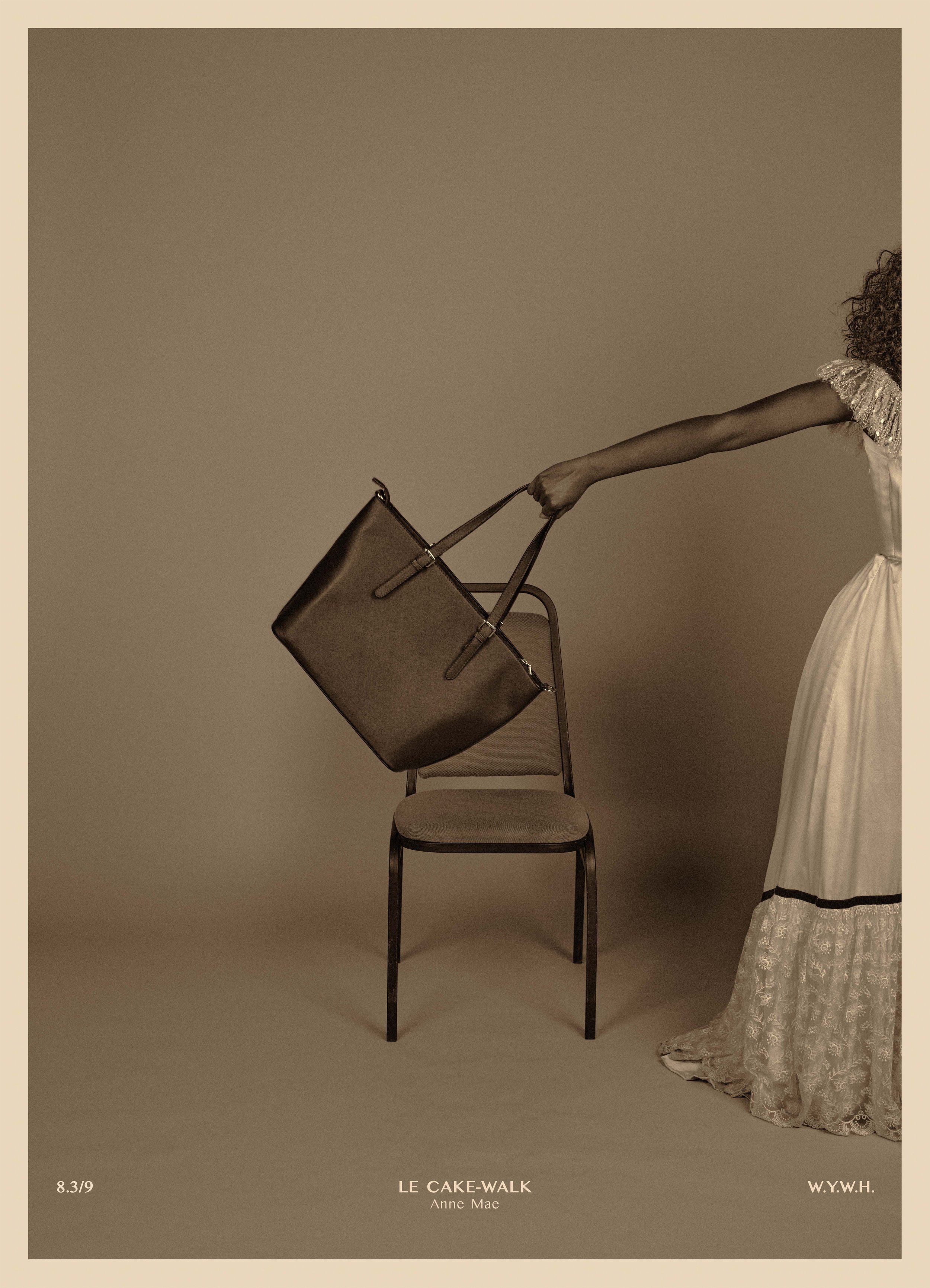





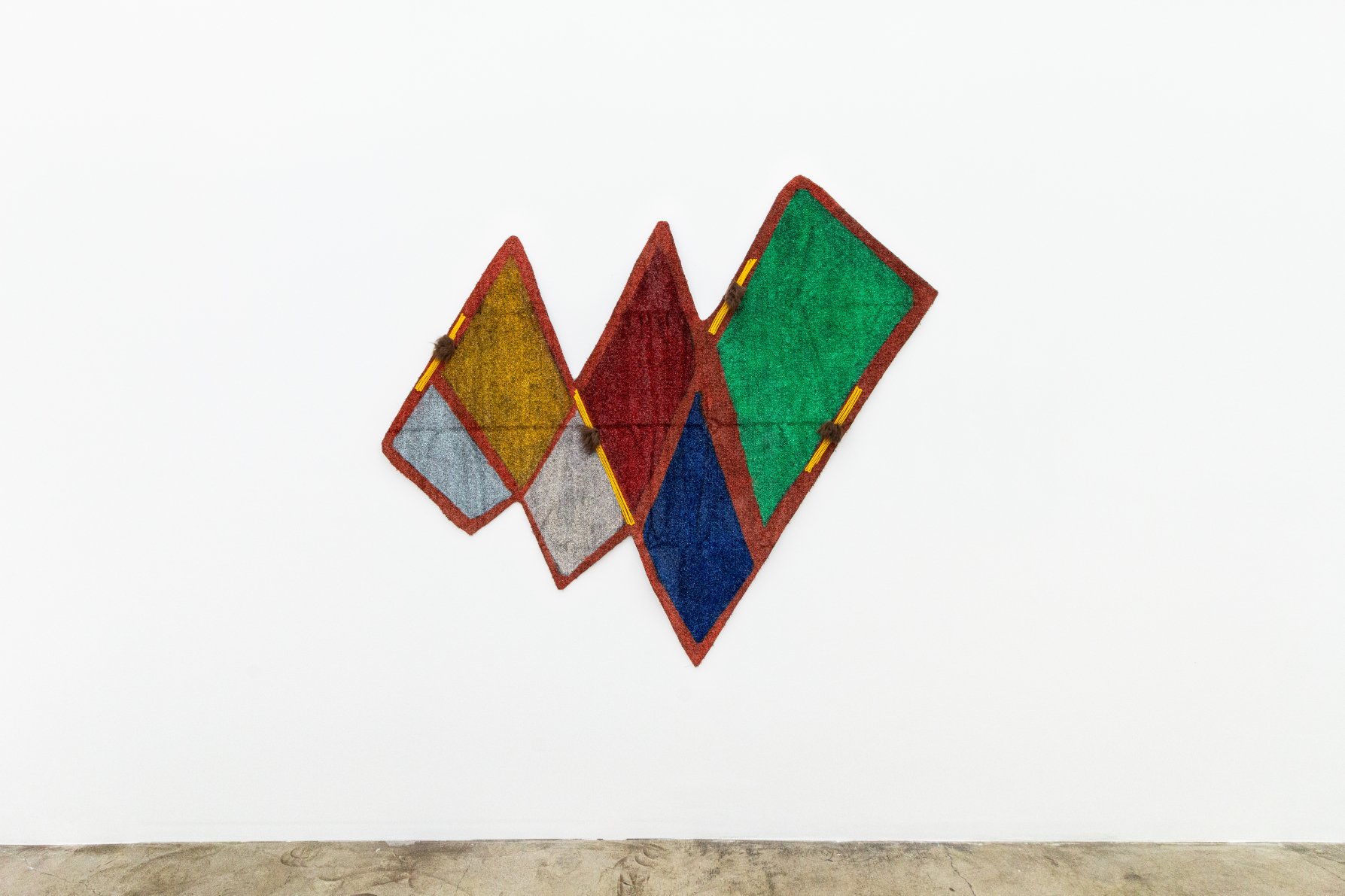
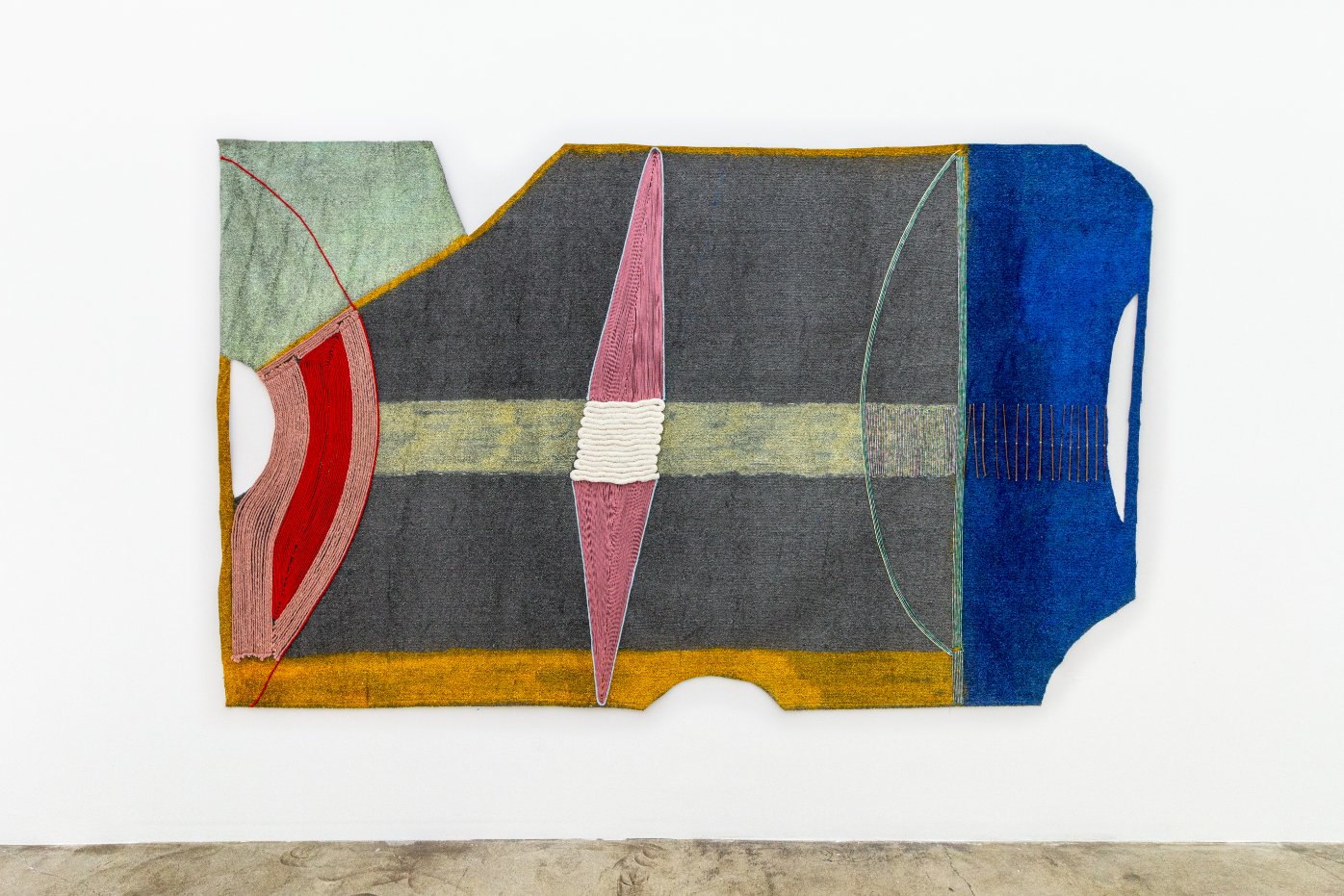
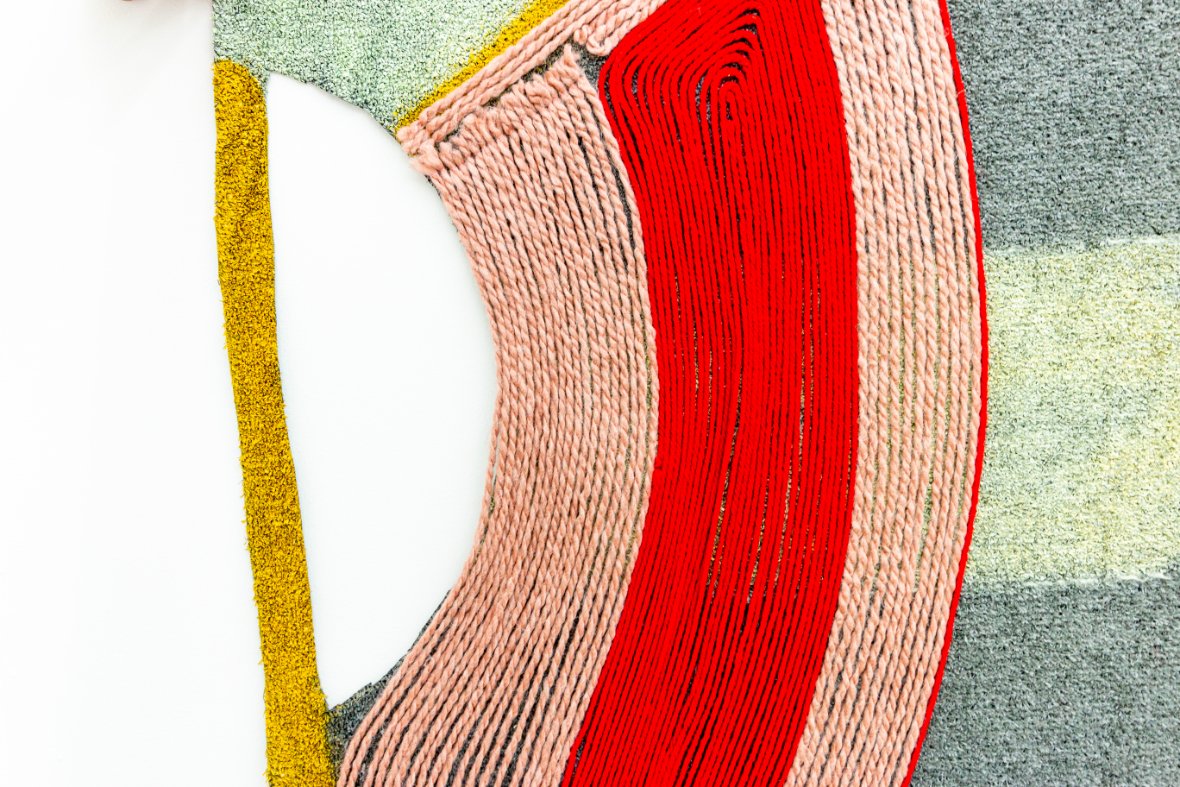
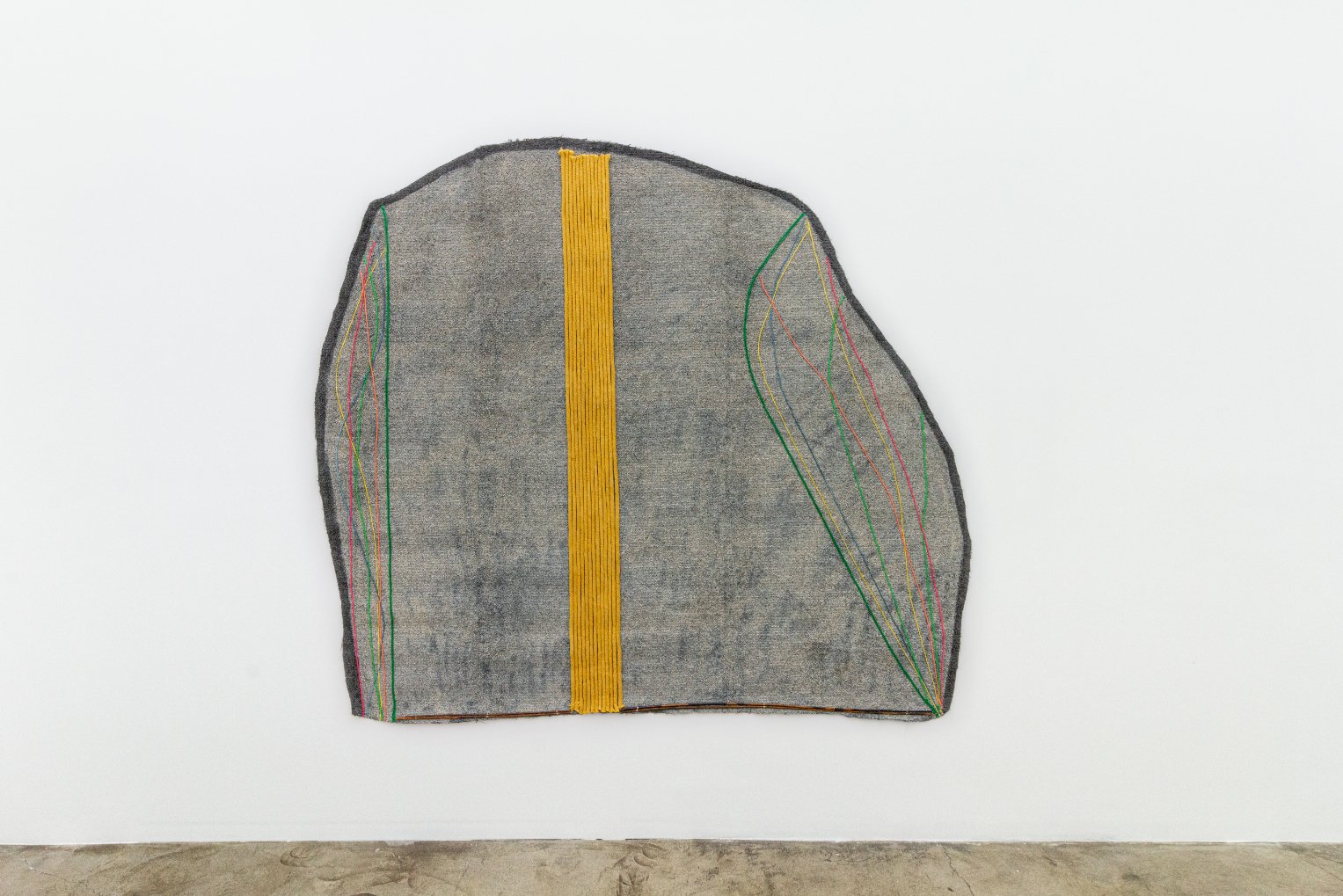
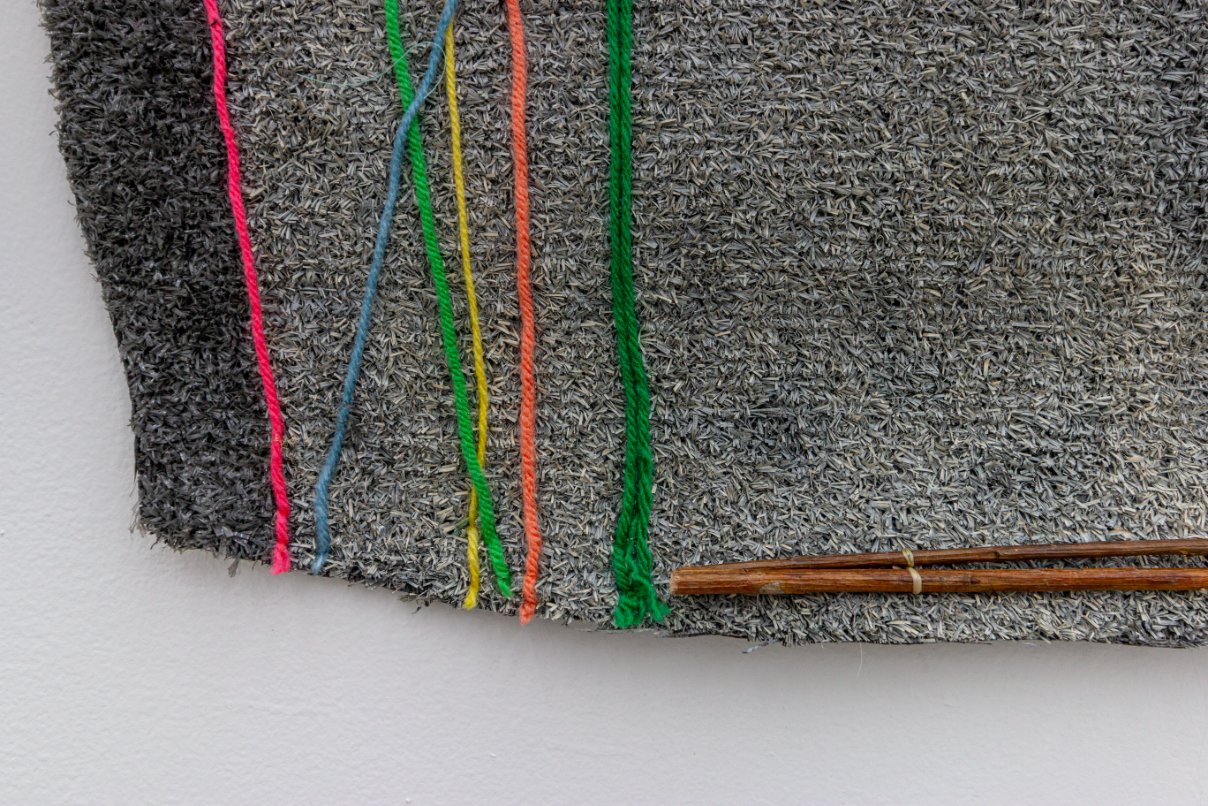
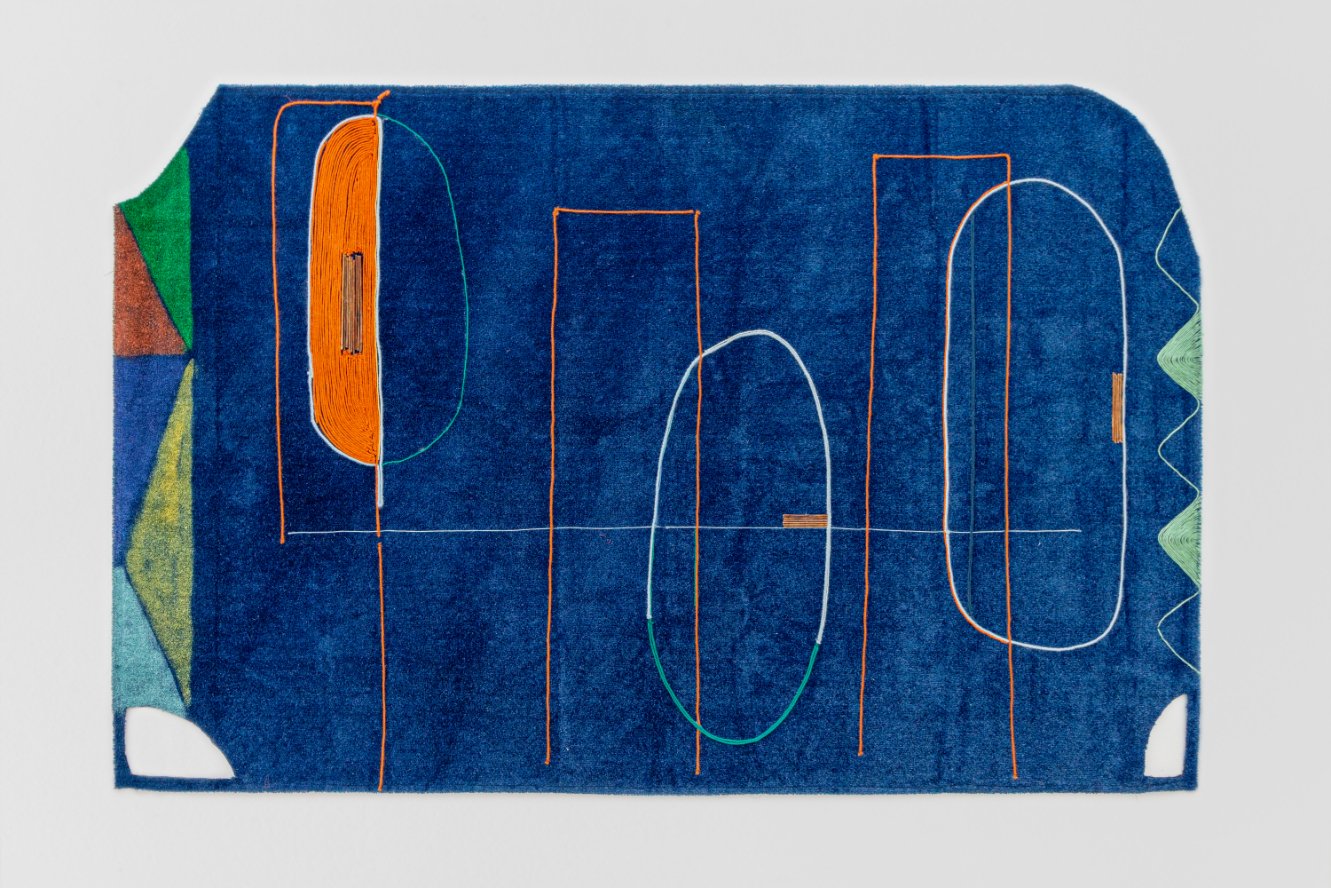
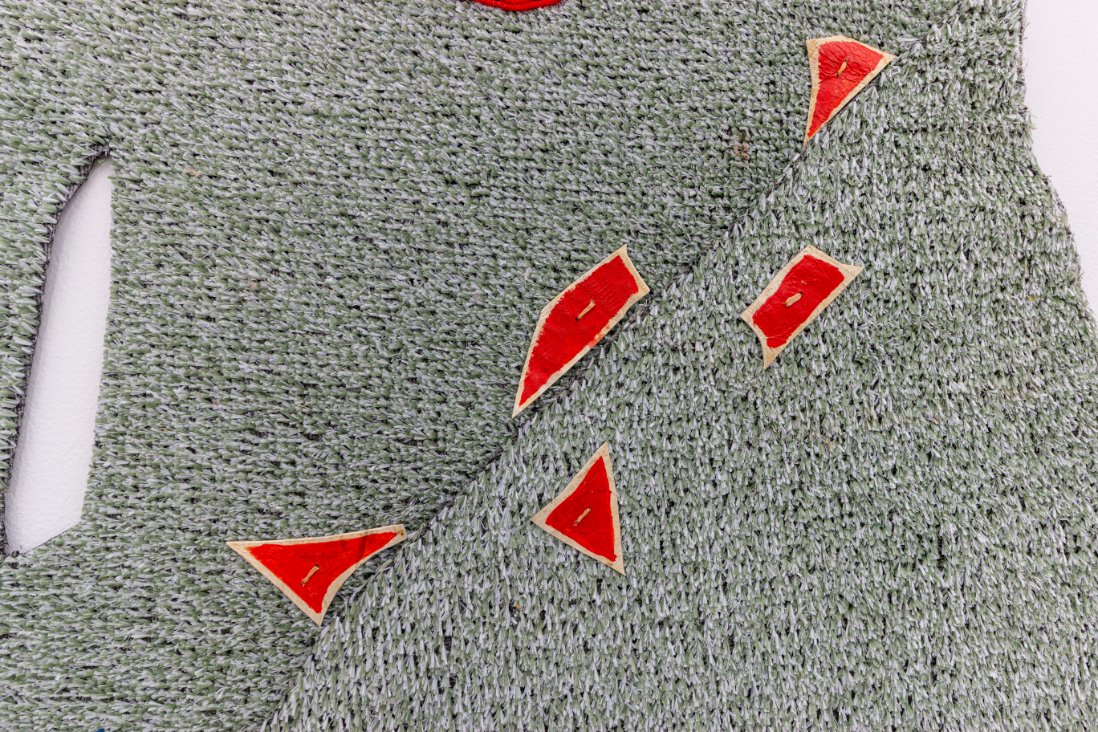
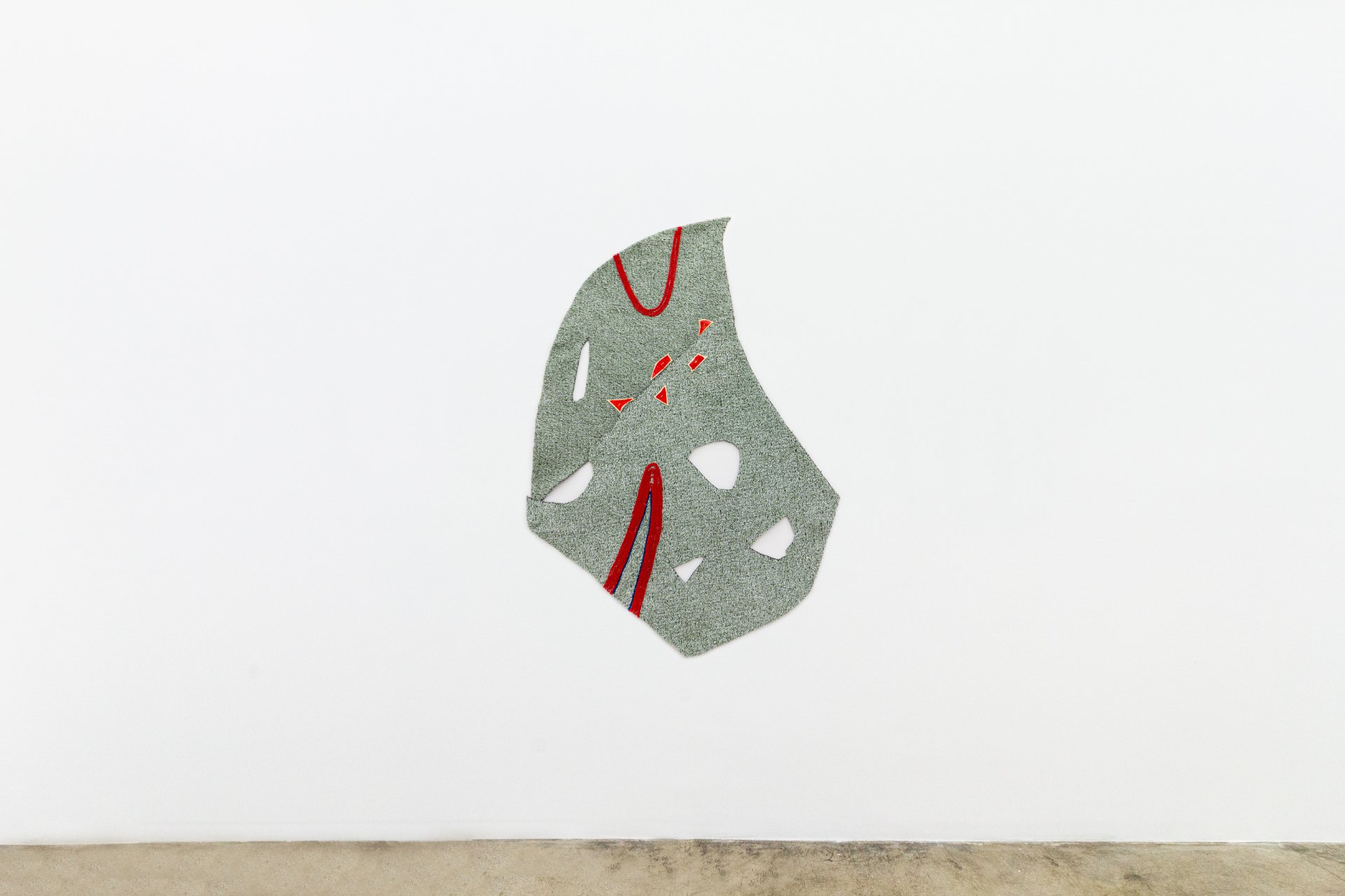
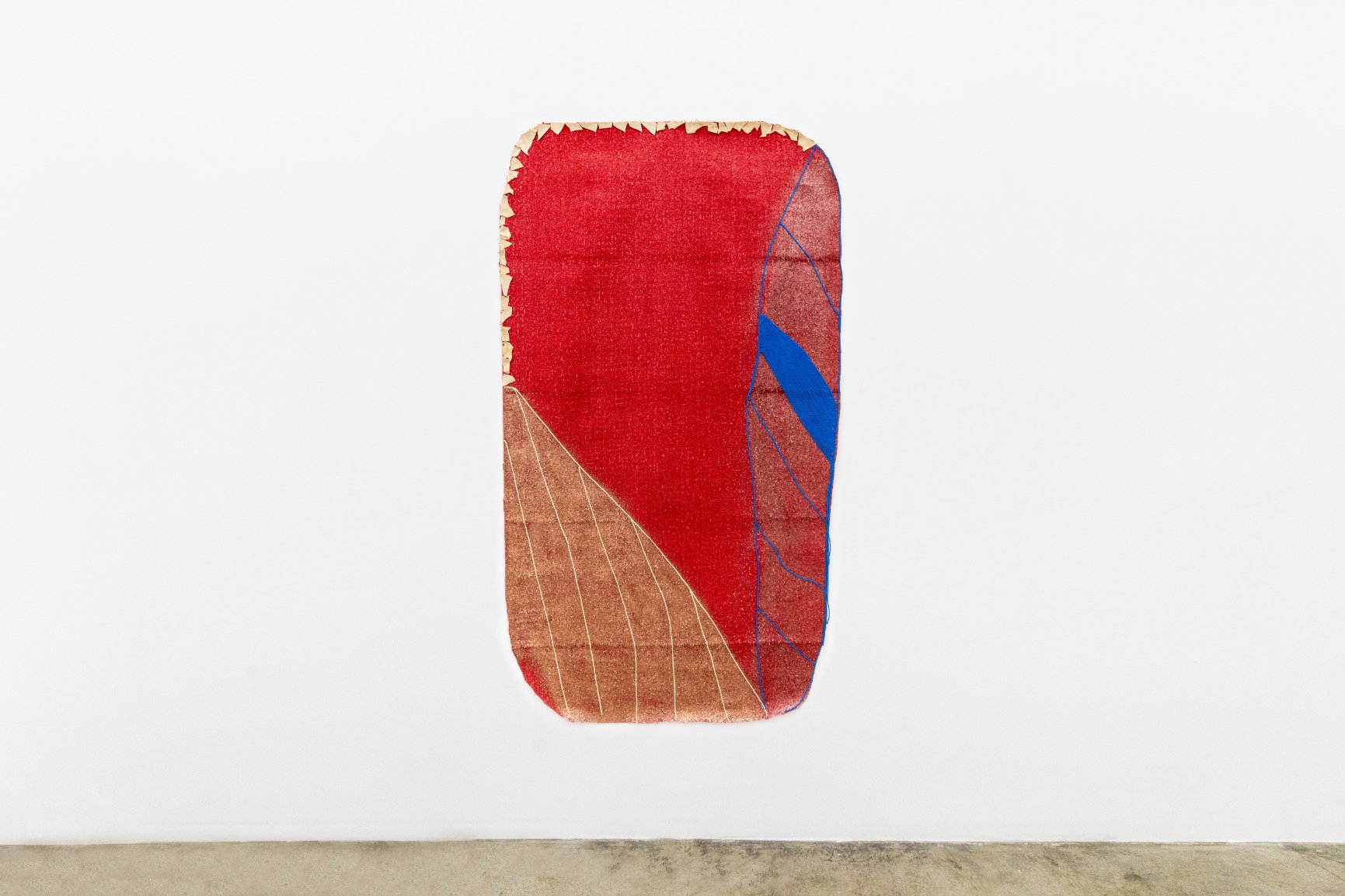

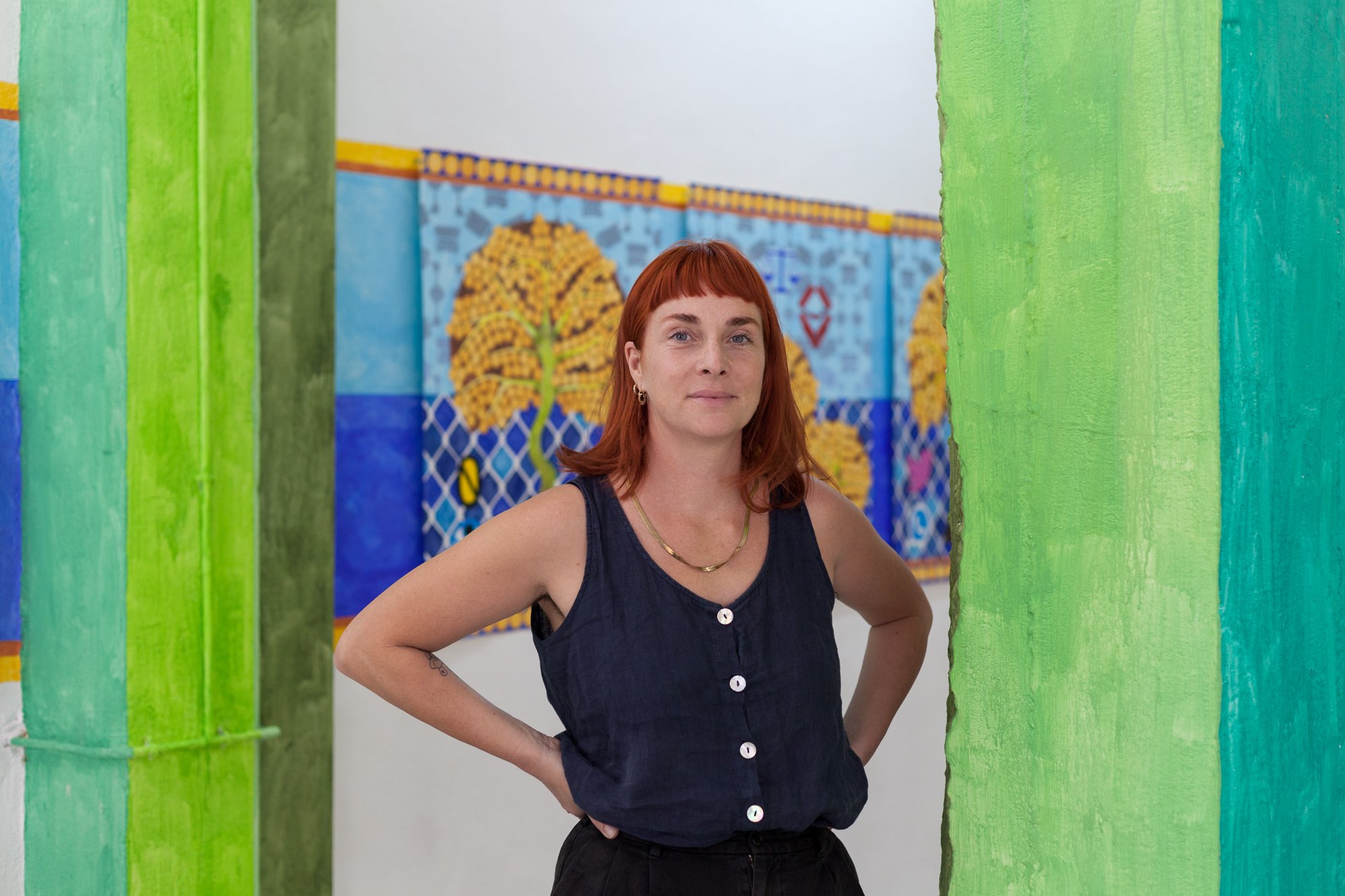
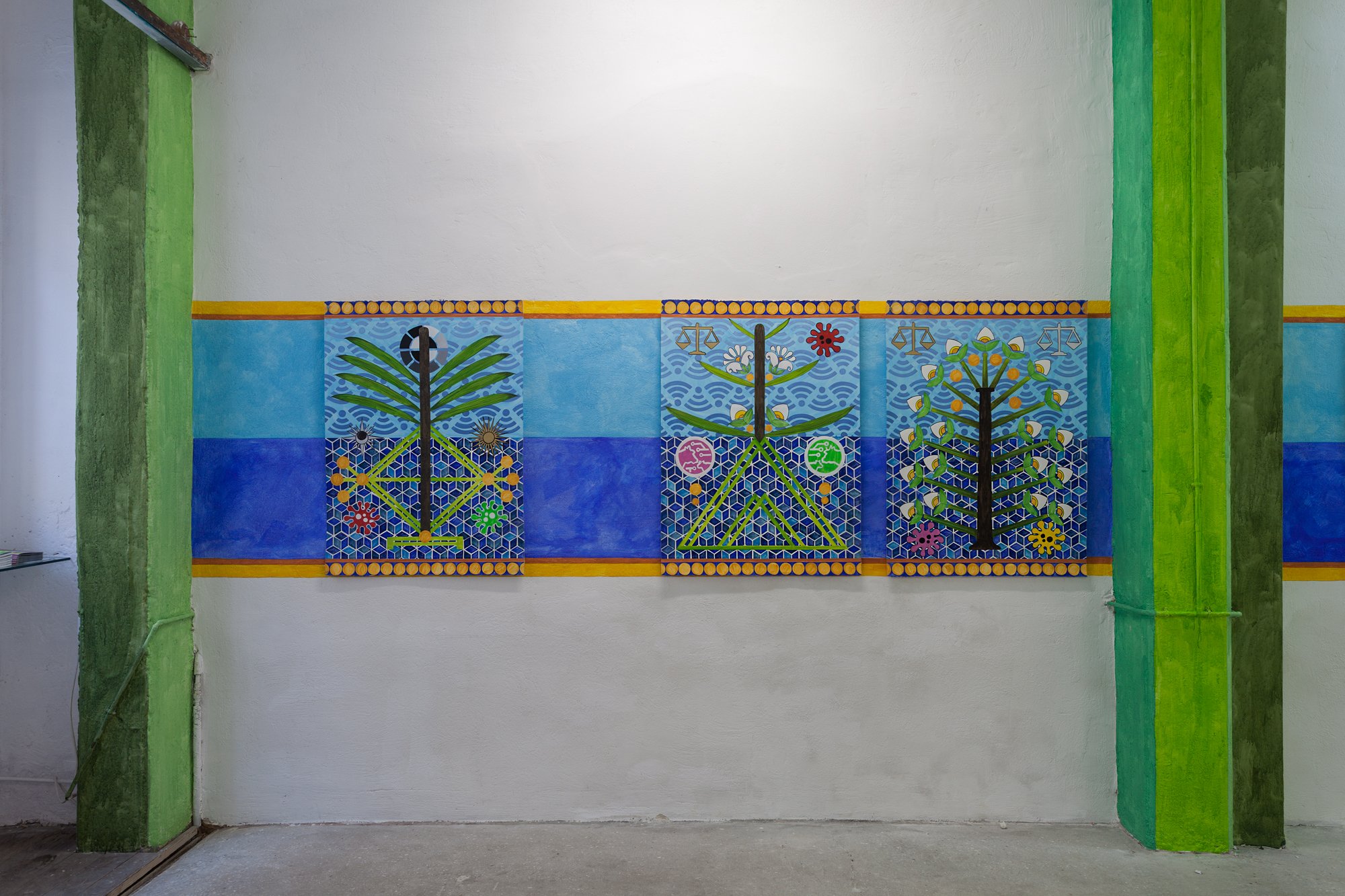



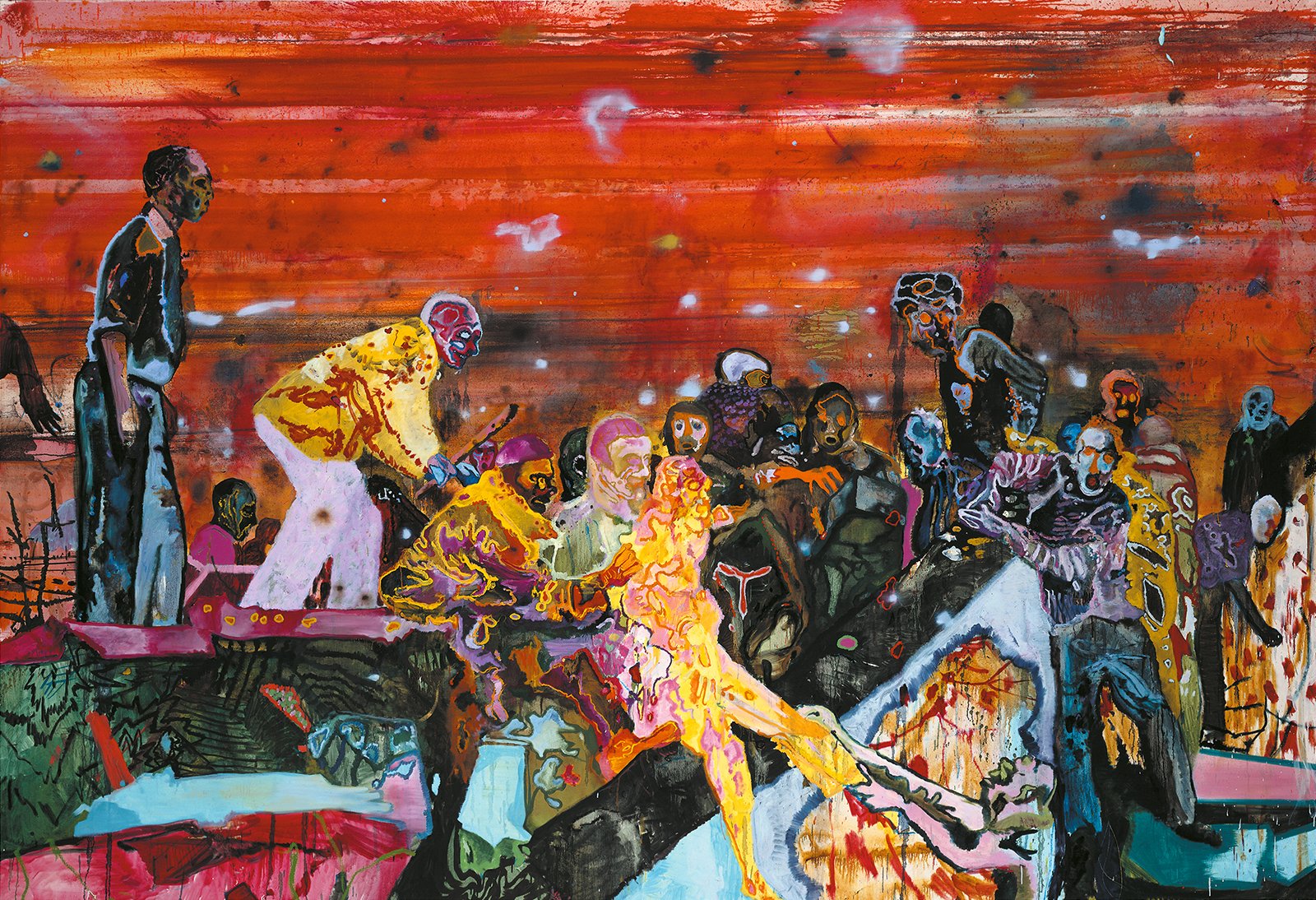

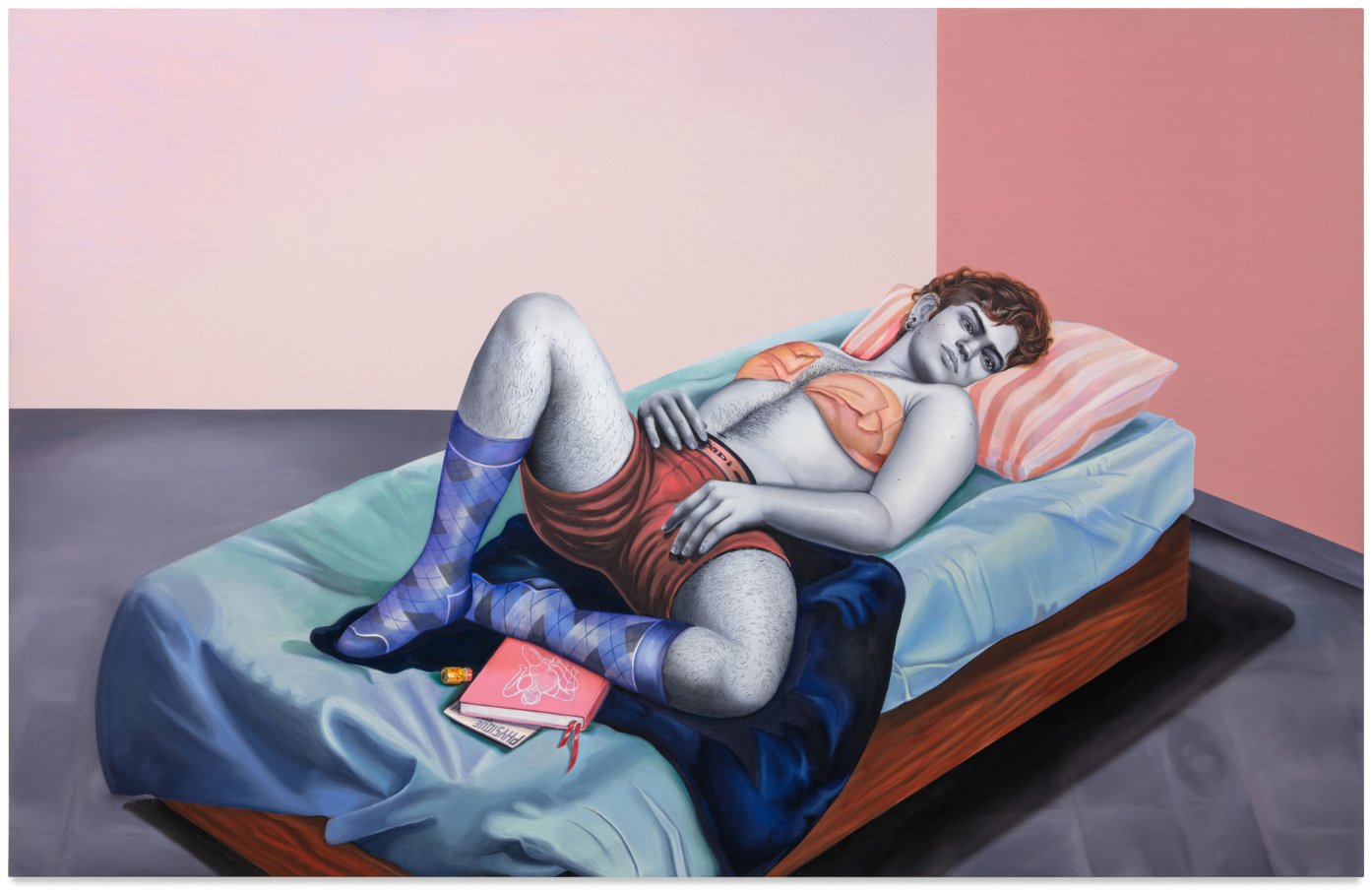
![Alannah Farrell [detail of] X (Pearl Street) 2022 Oil, acrylic, and latex on canvas 78h x 50w in](https://images.squarespace-cdn.com/content/v1/544cb720e4b0f3ba72ee8a78/1664929363203-TJY0DI2ELRJ30BSG7XWM/AFAR011+-+Alannah+Farrell+-+X+%28Pearl+Street%29+04.jpg)
